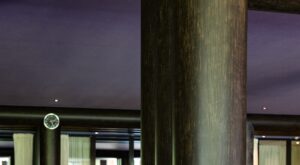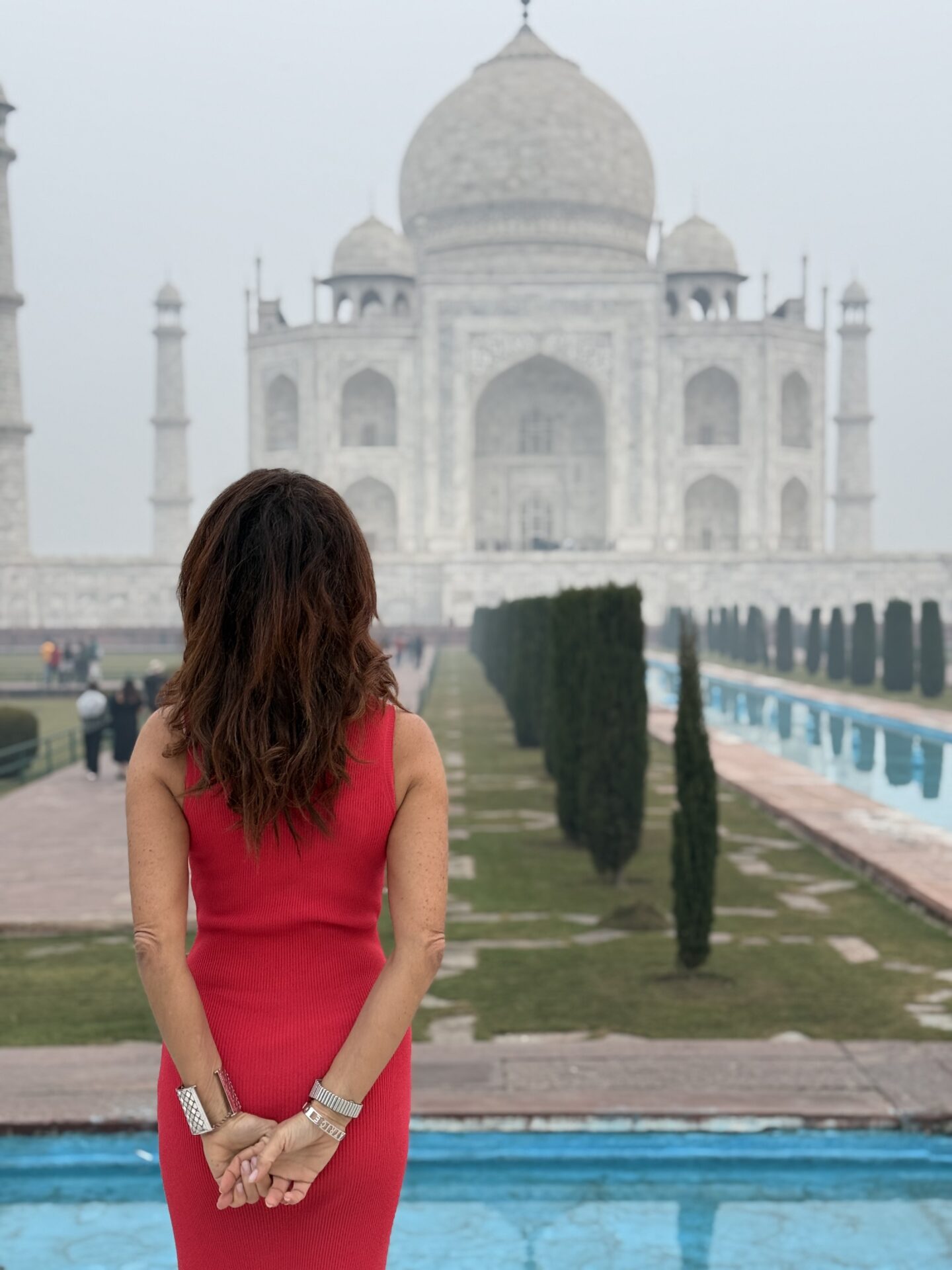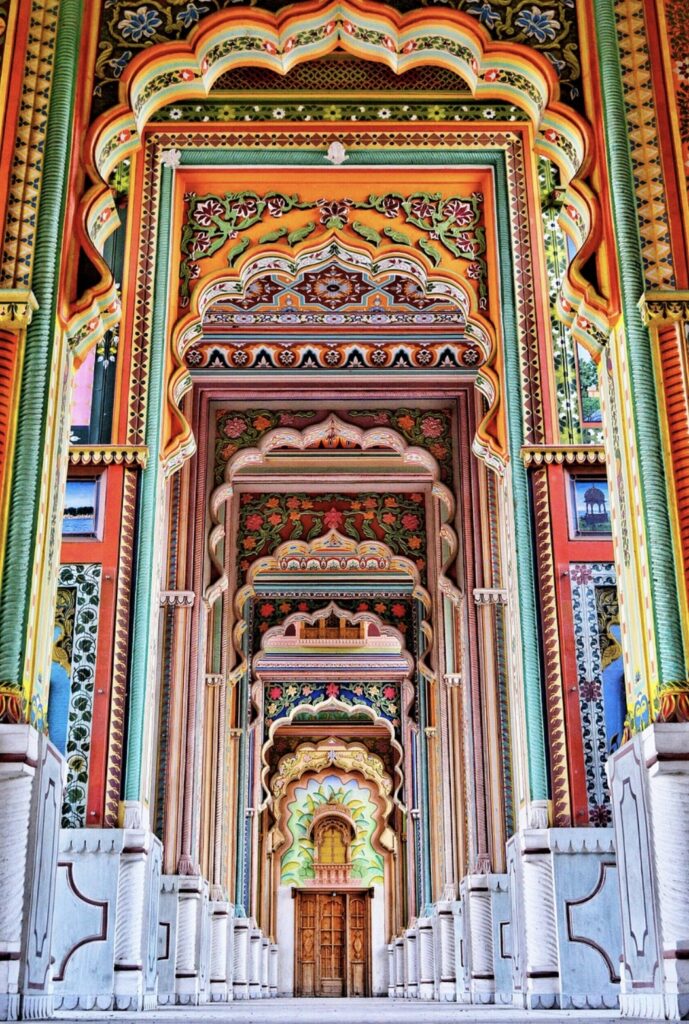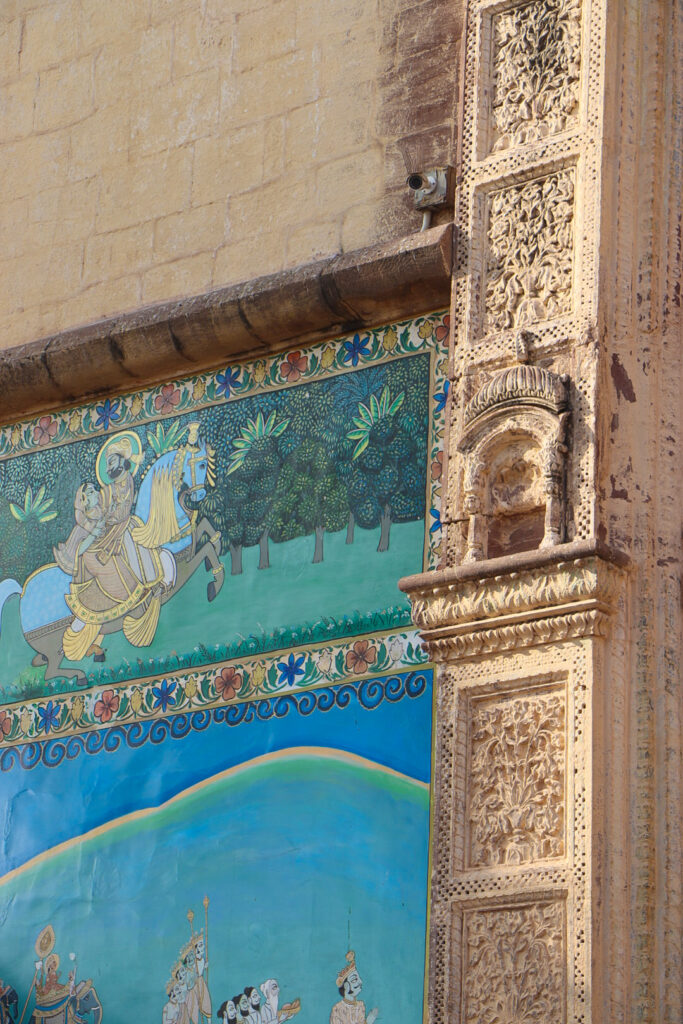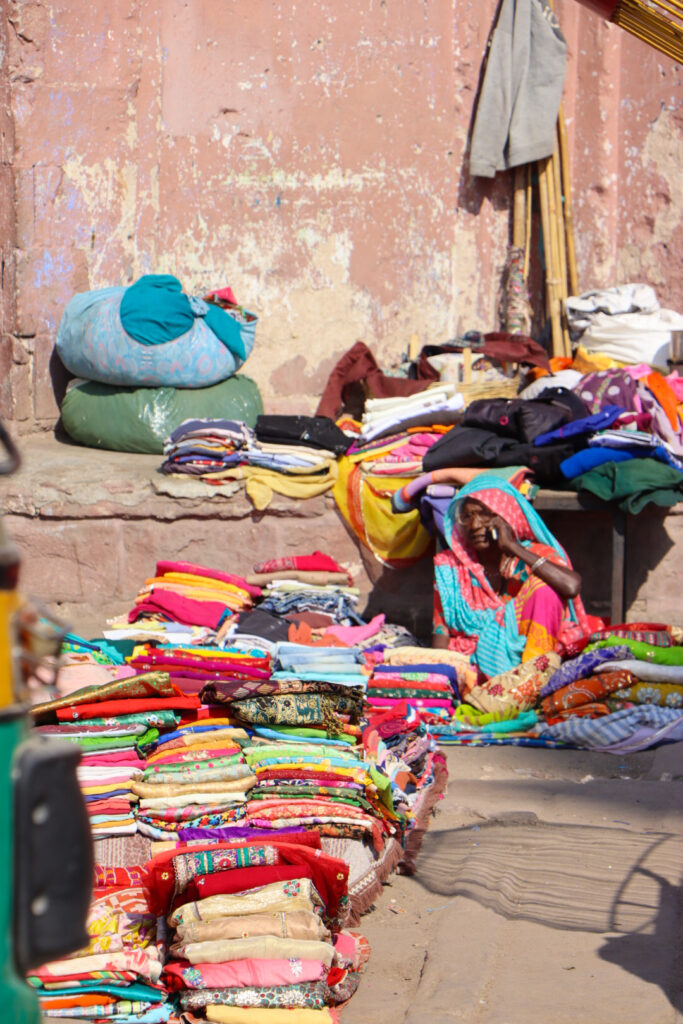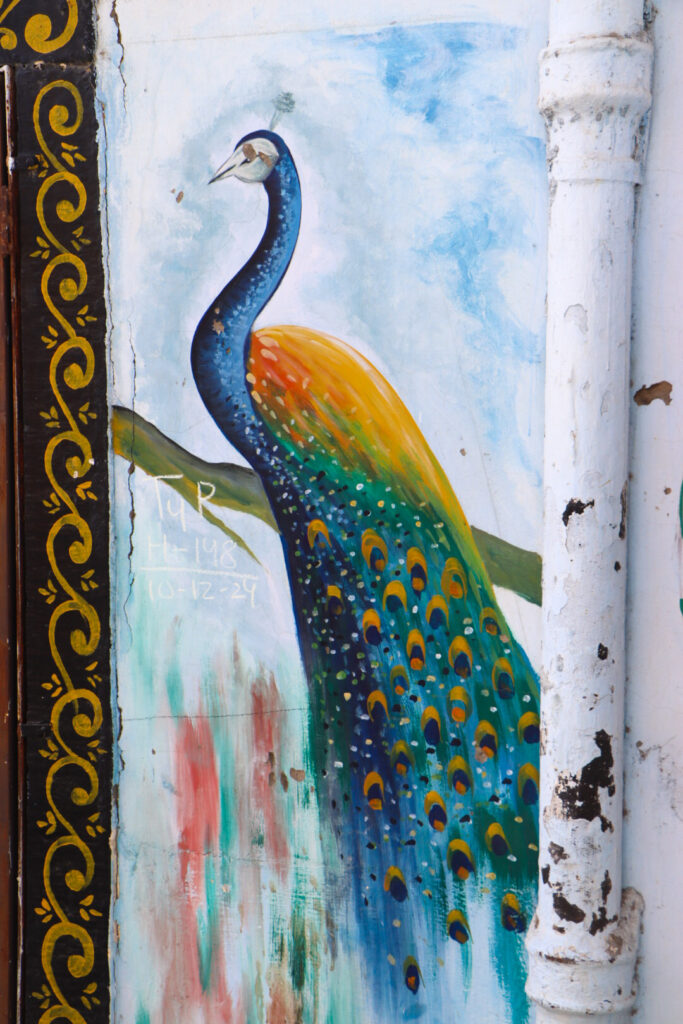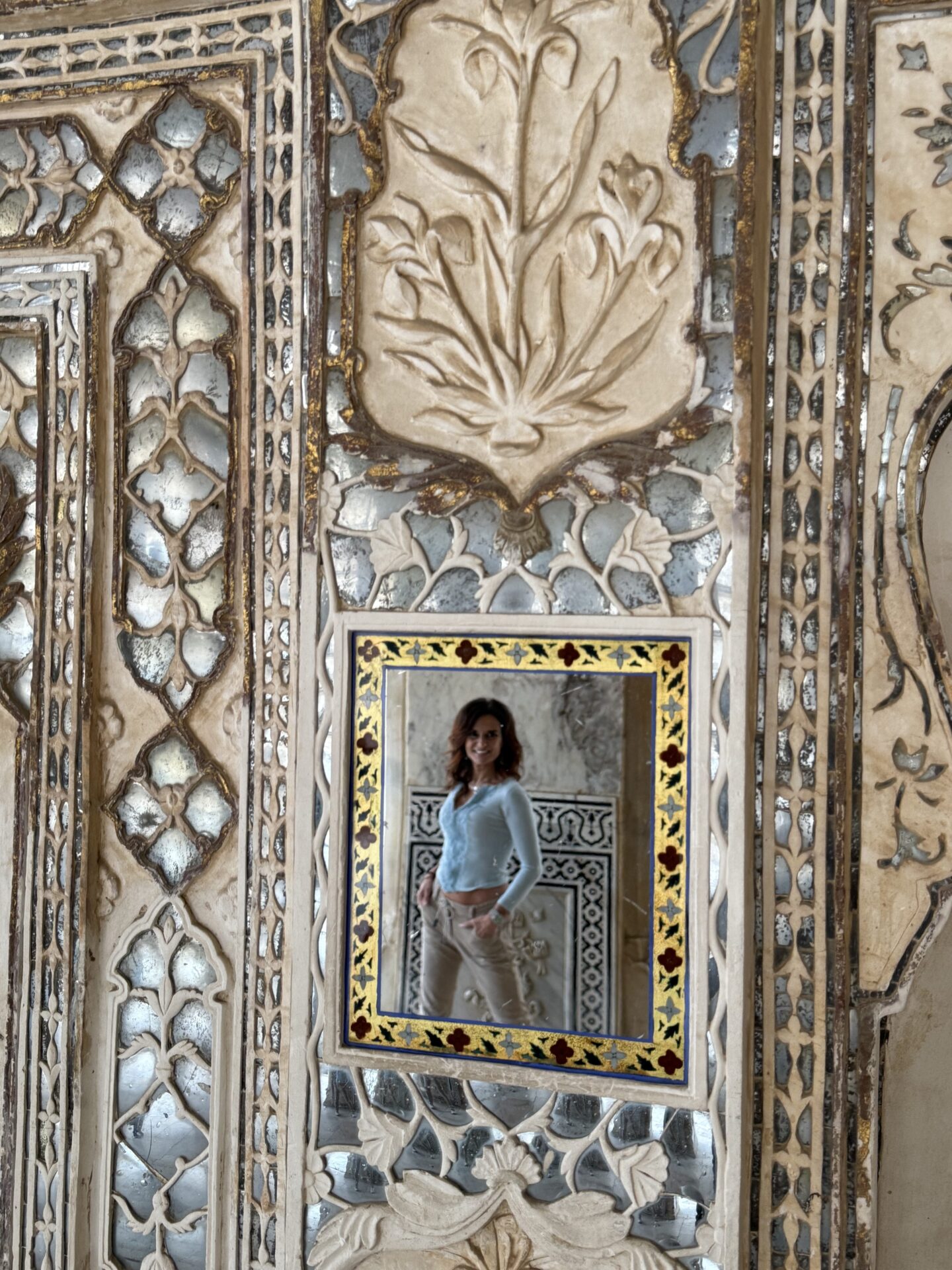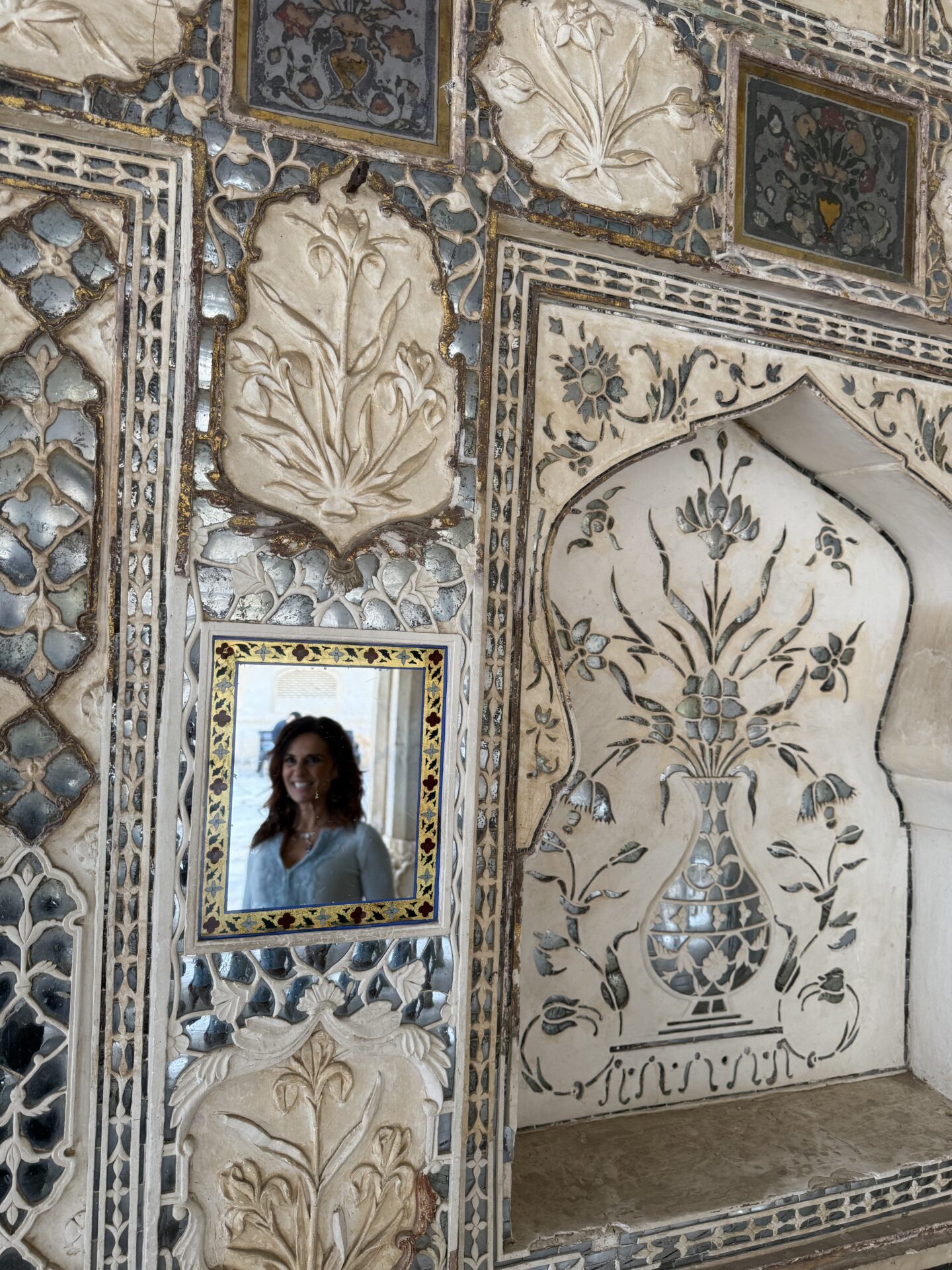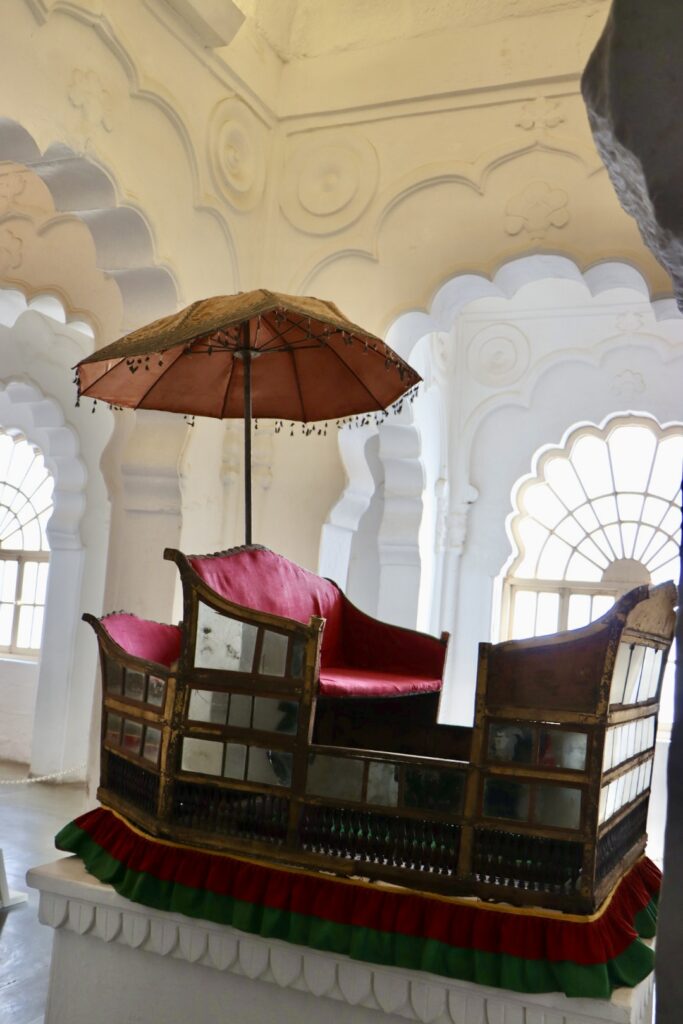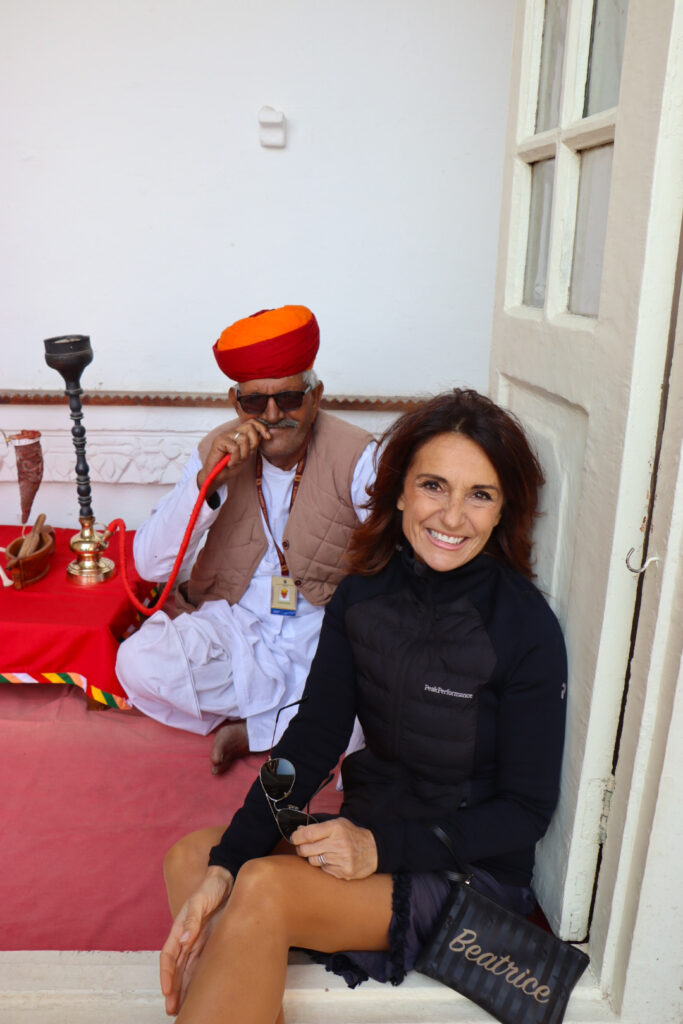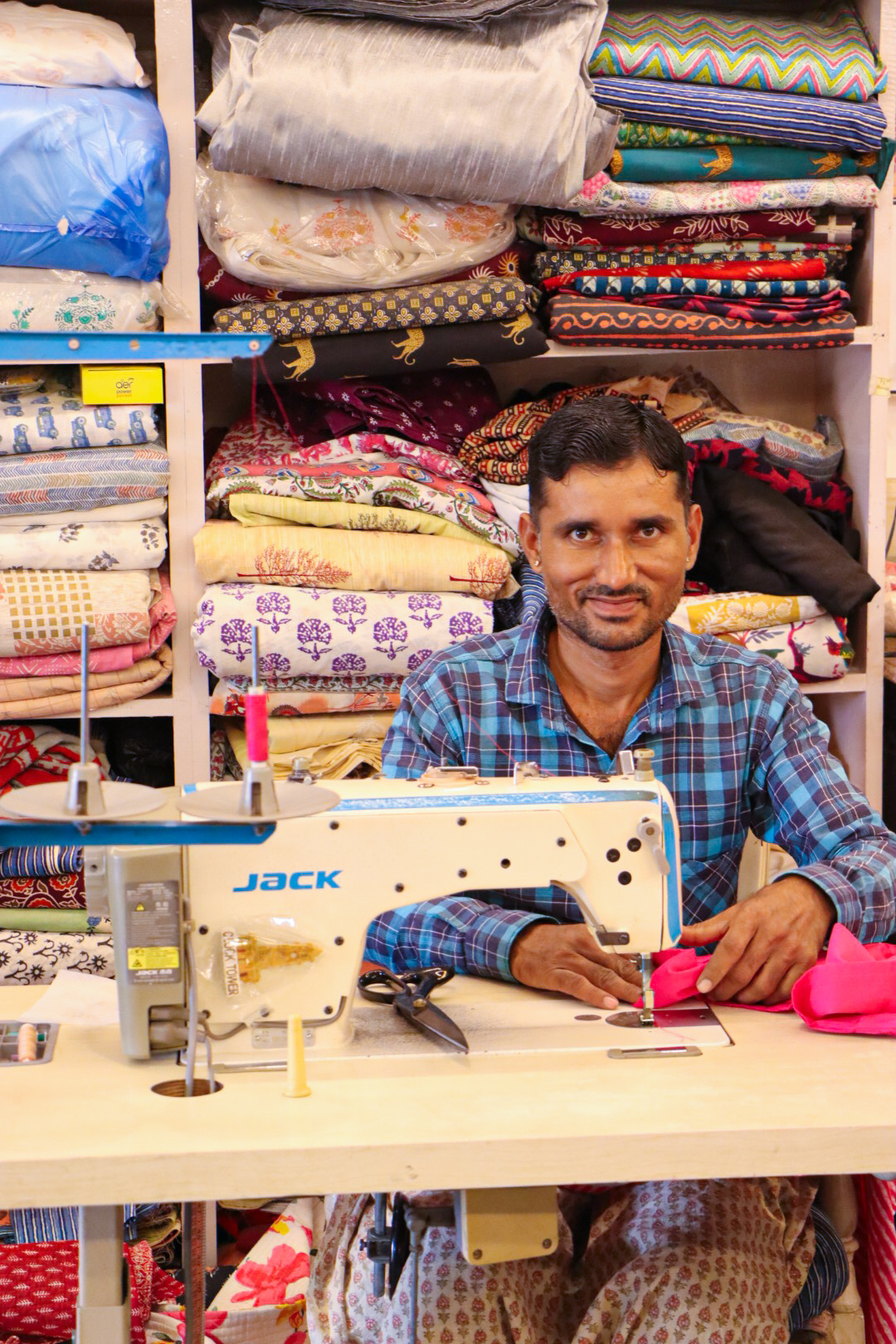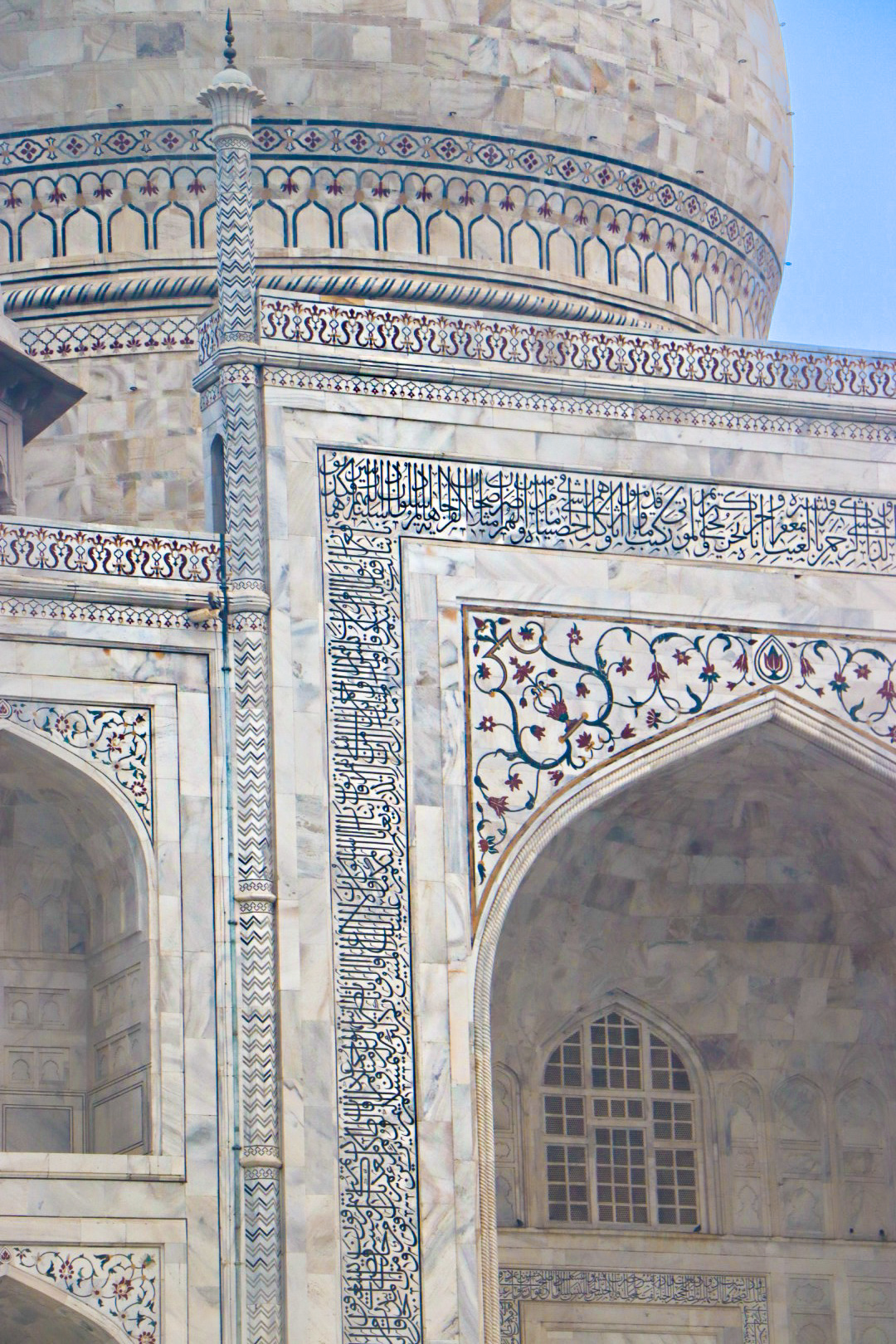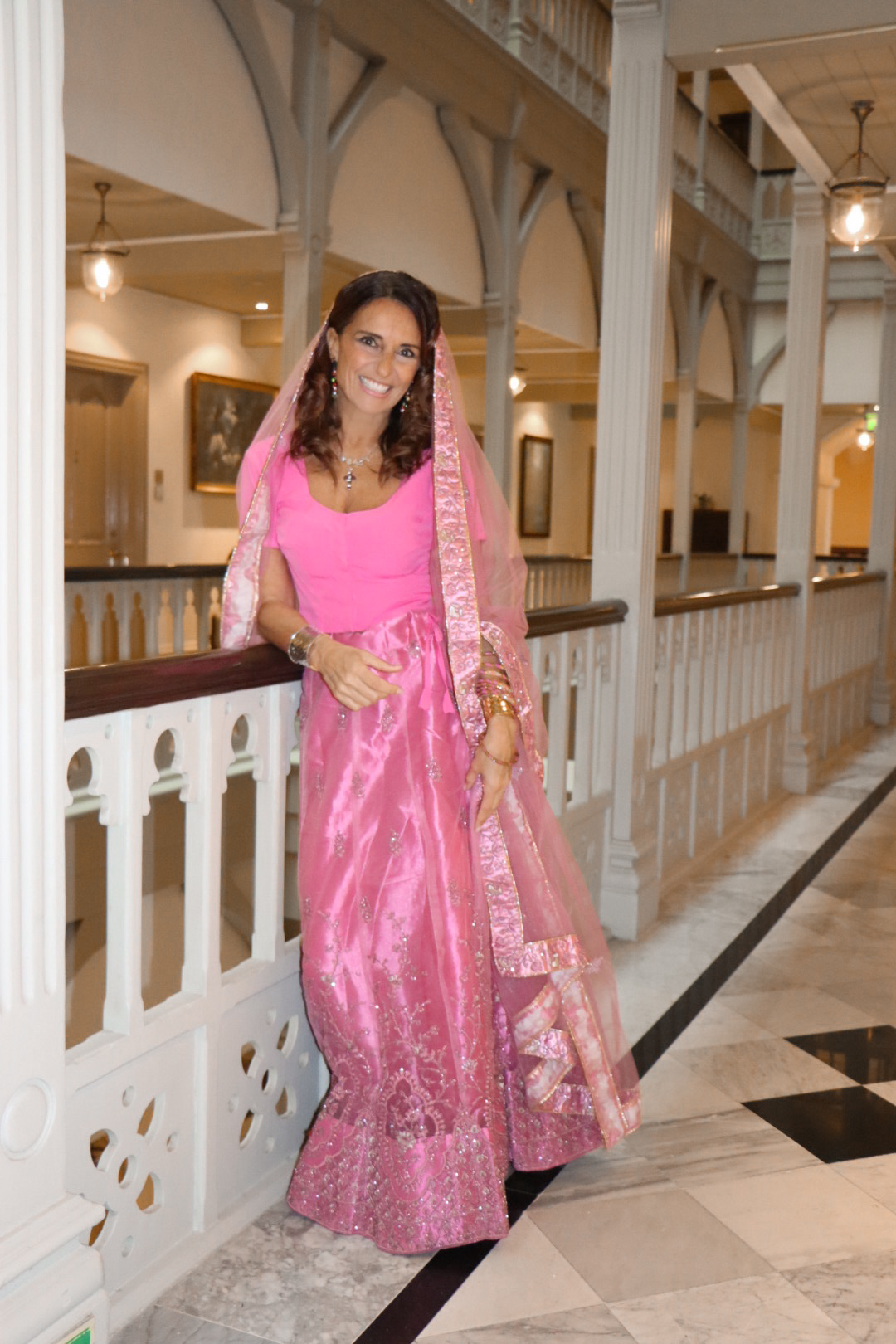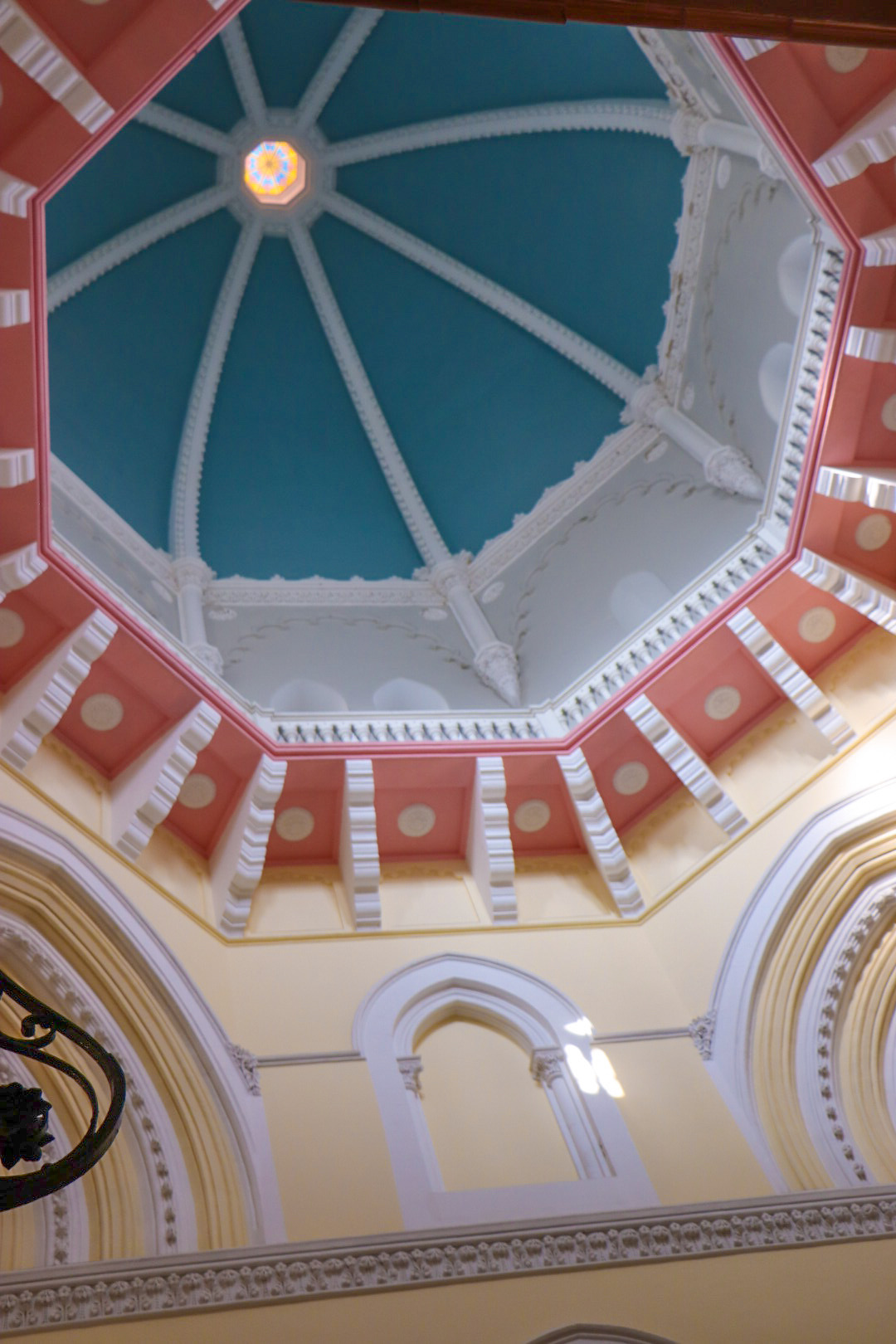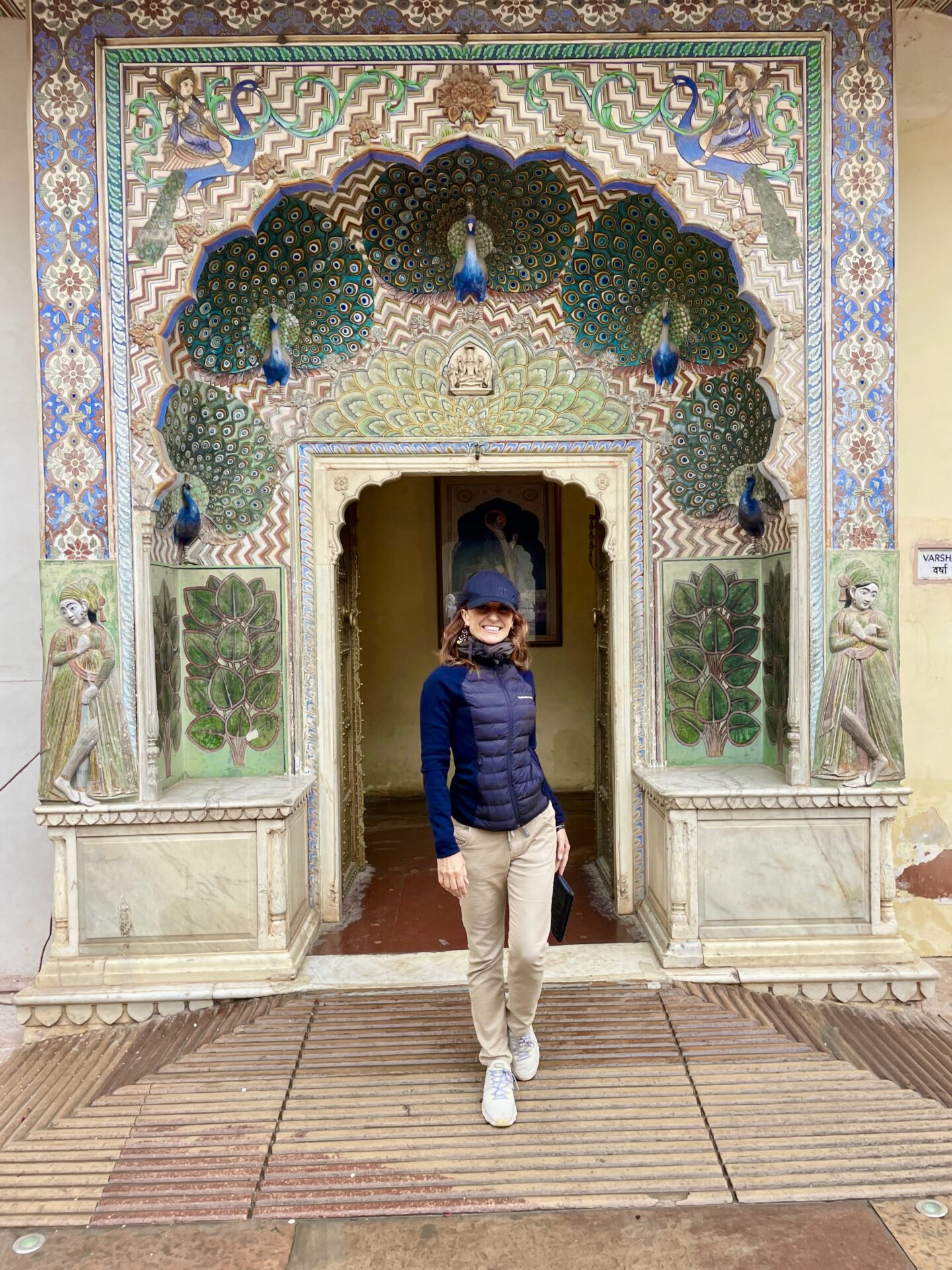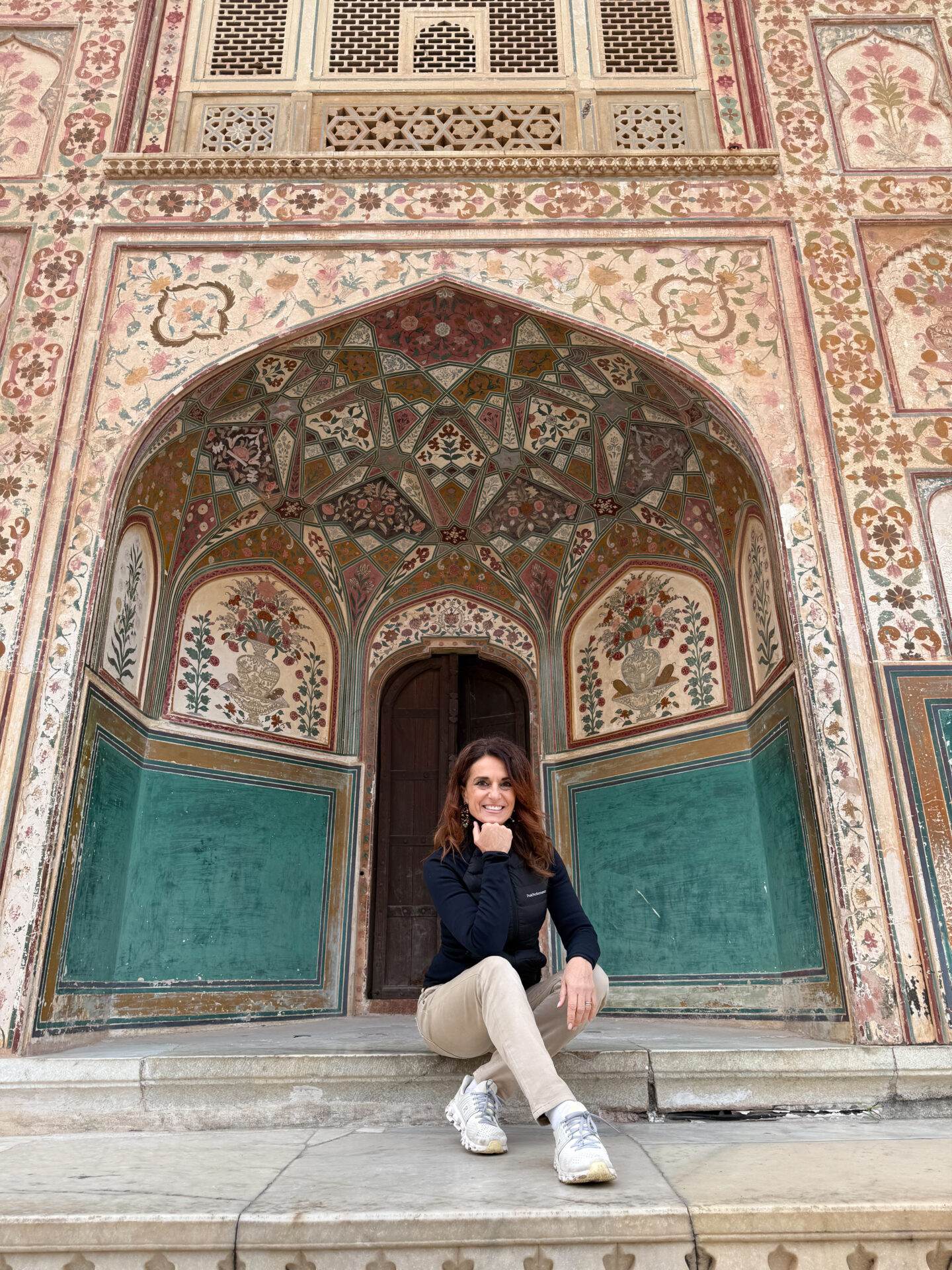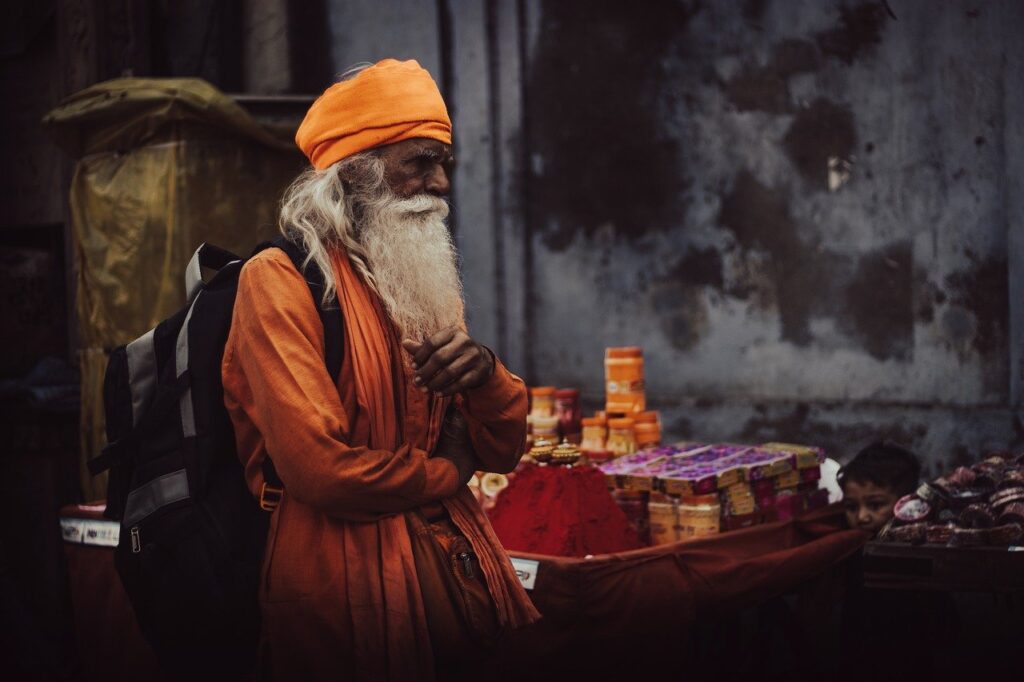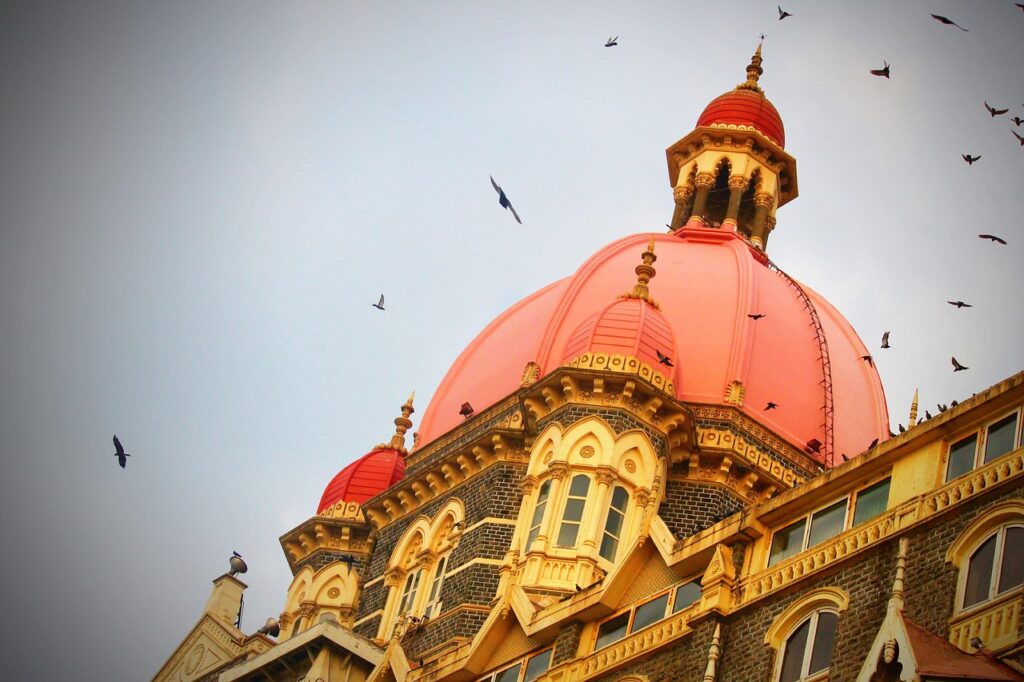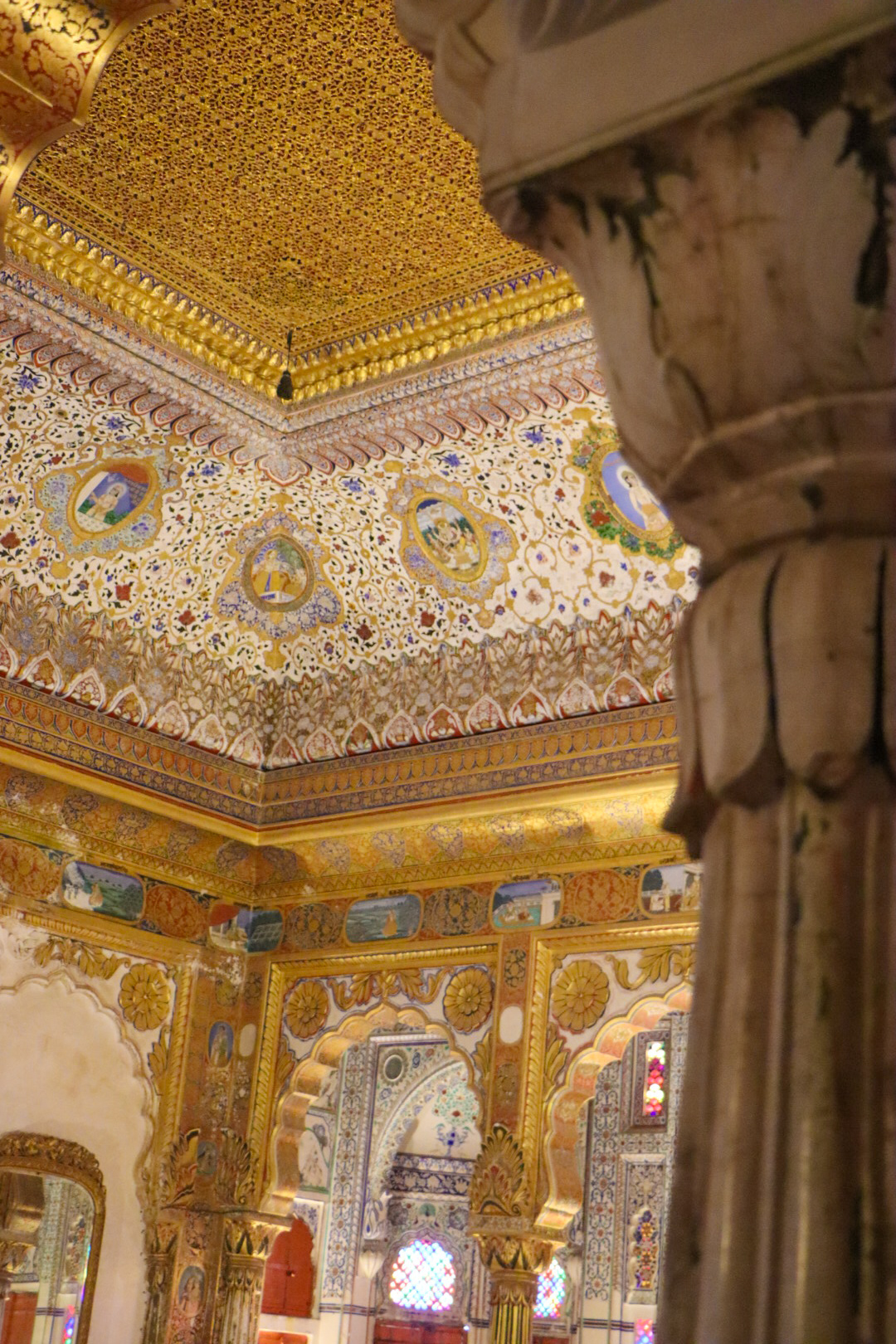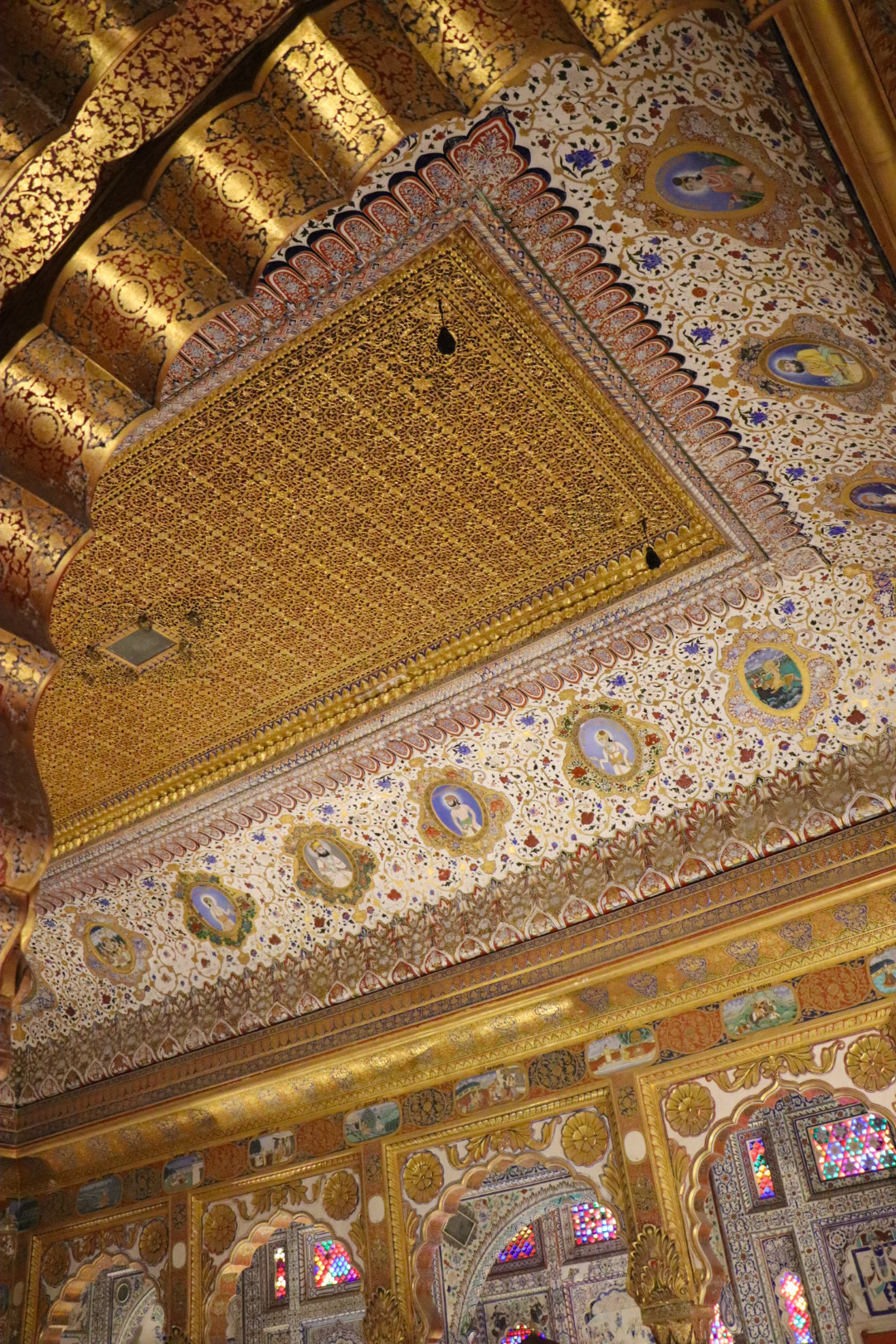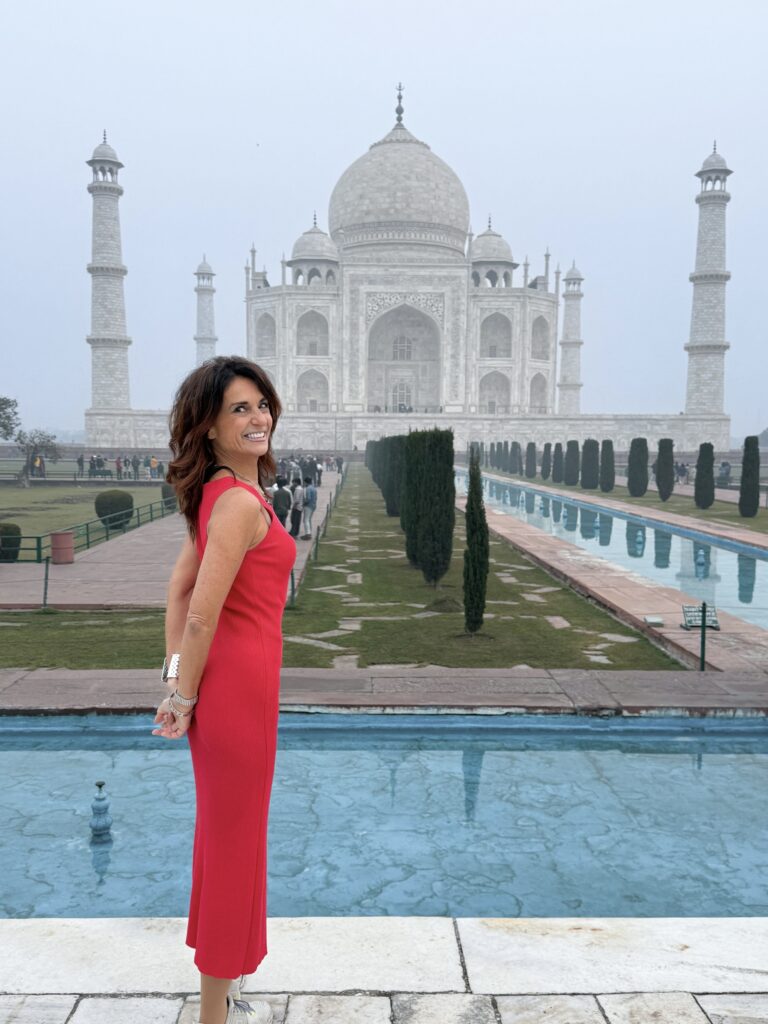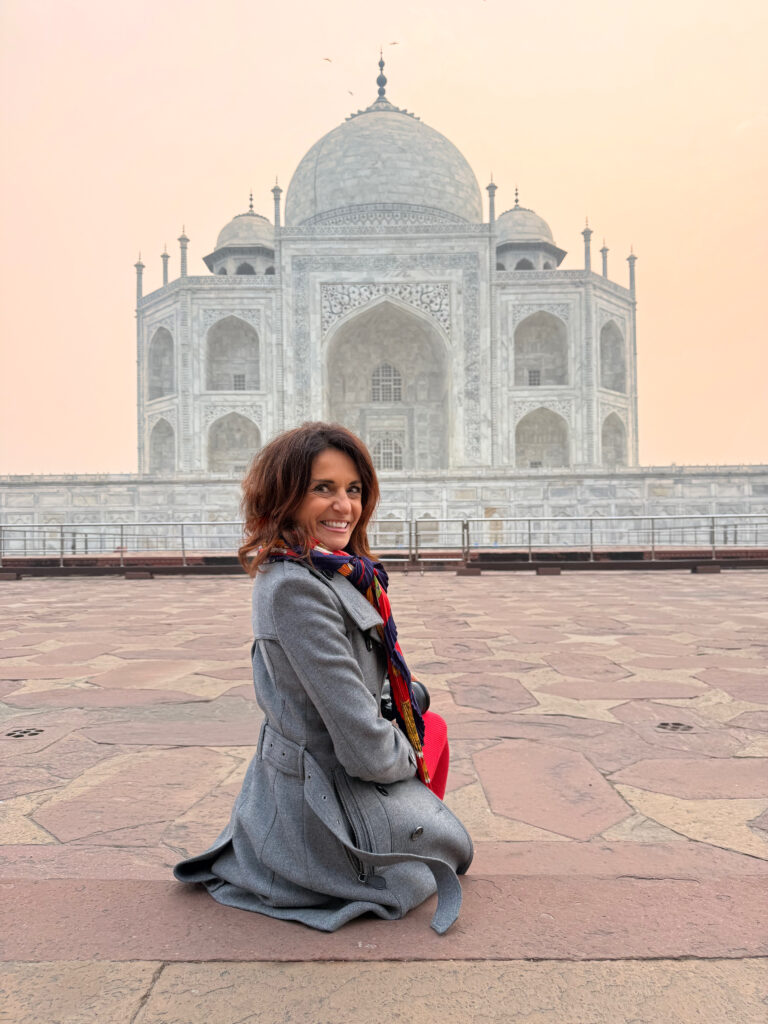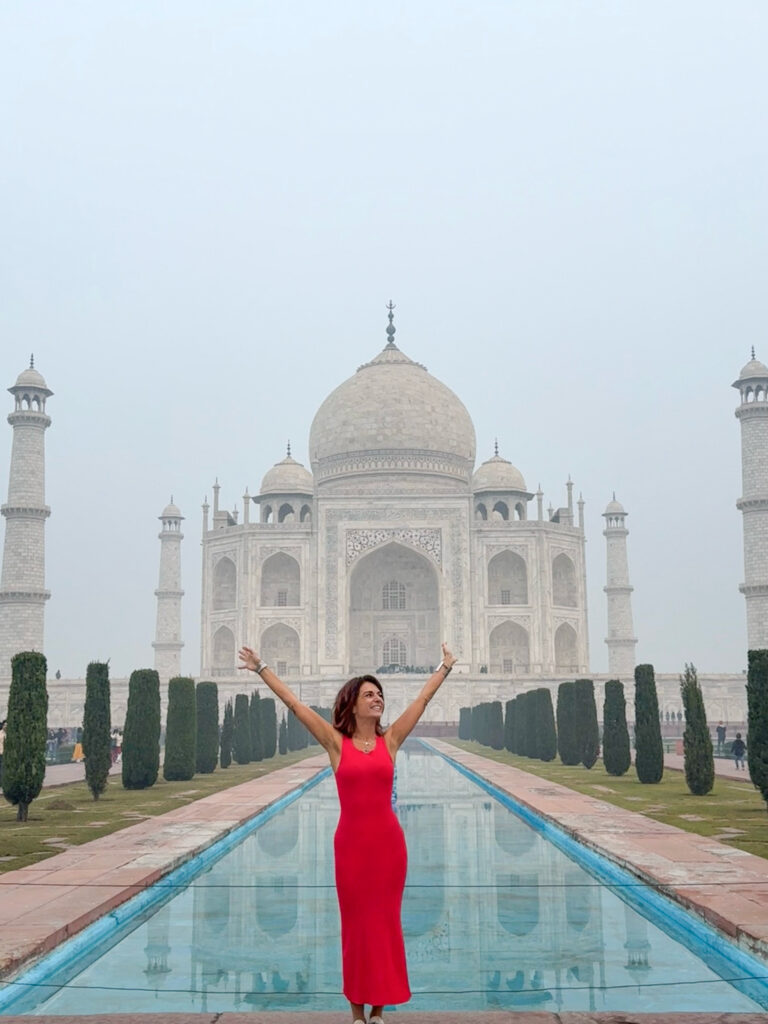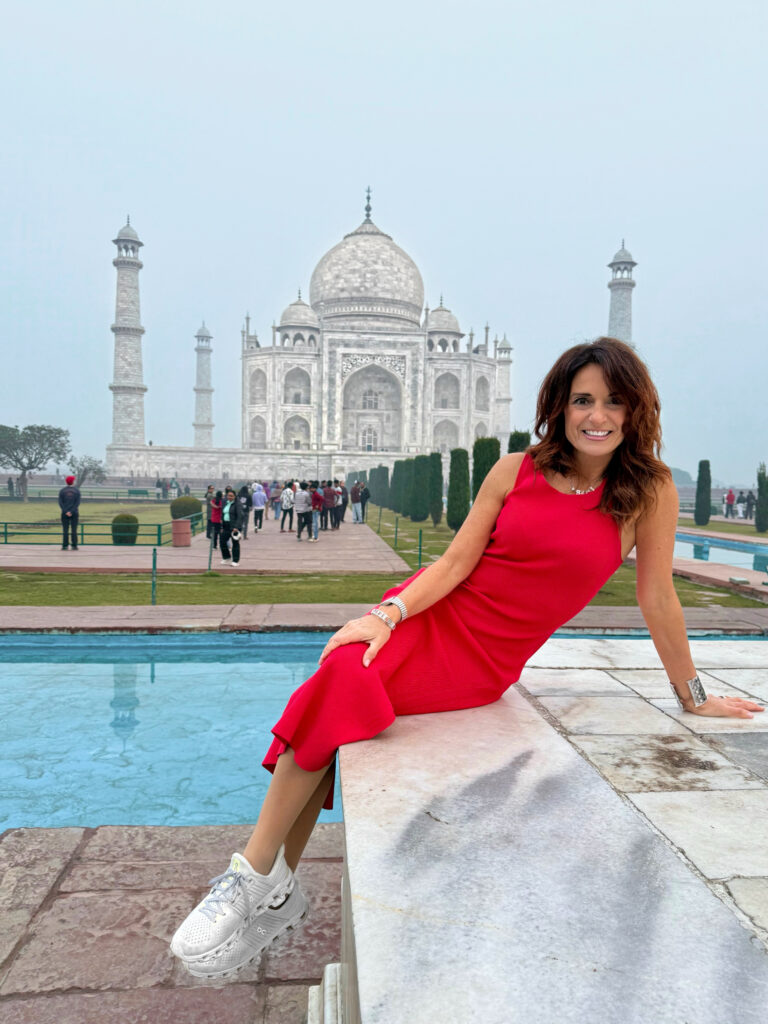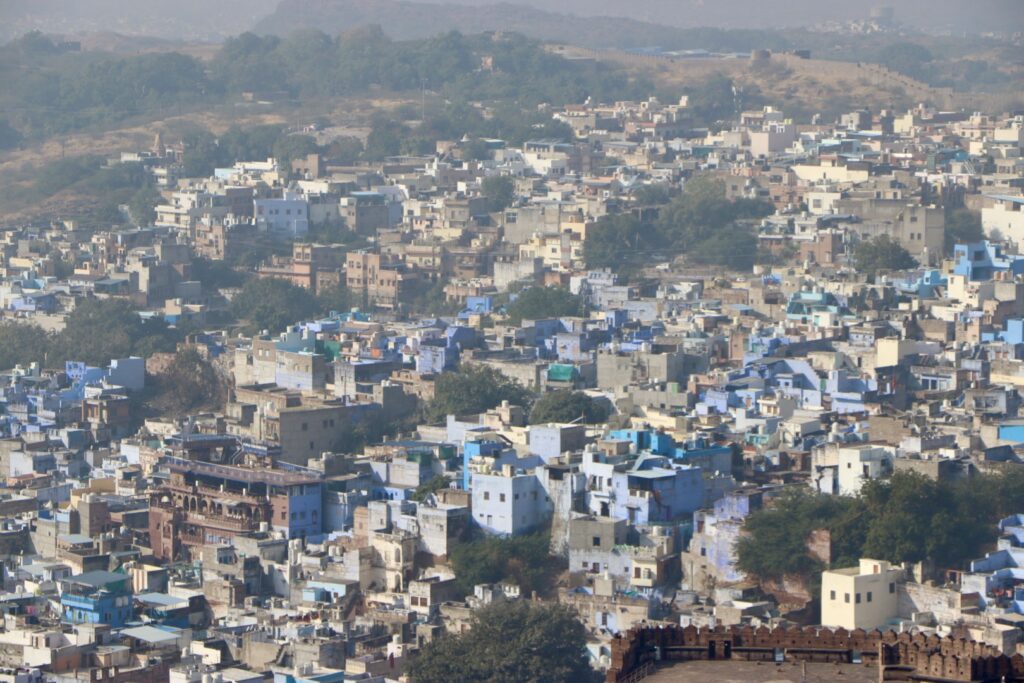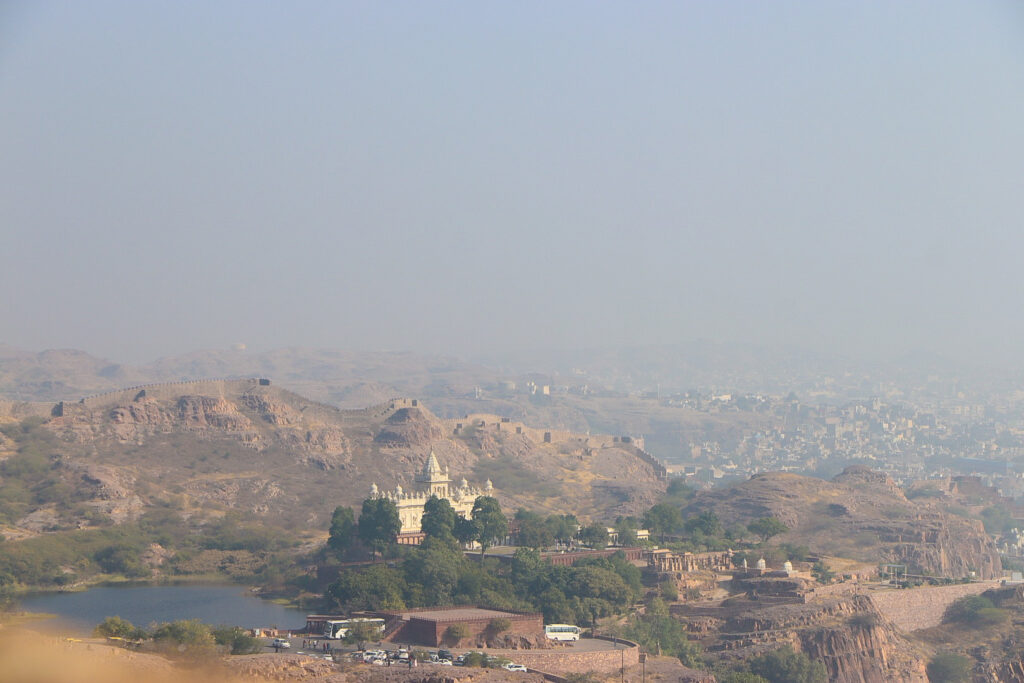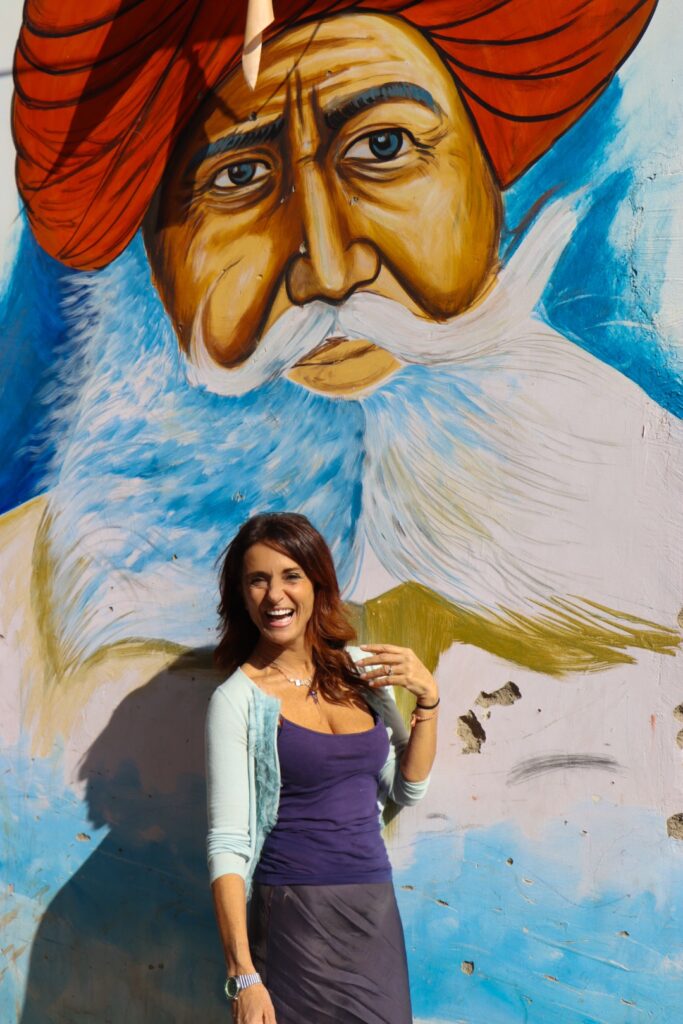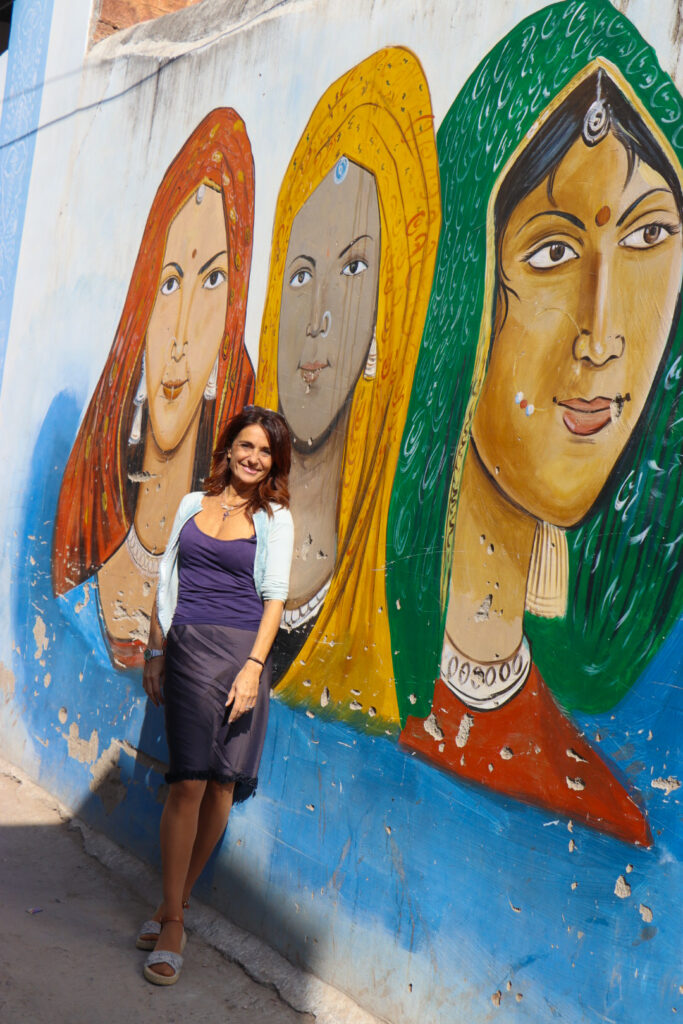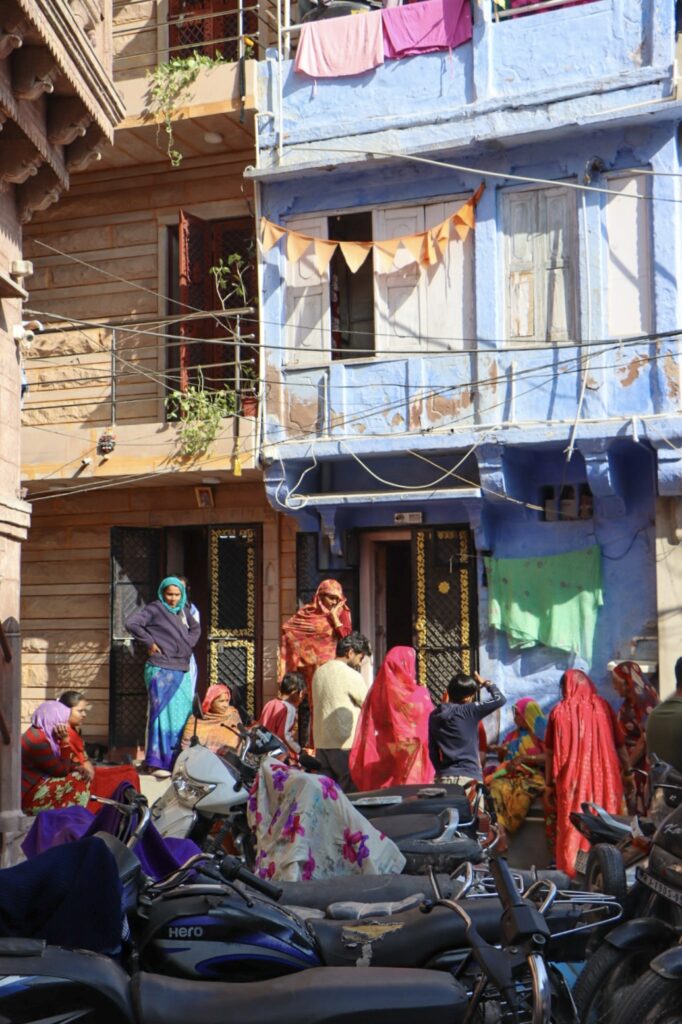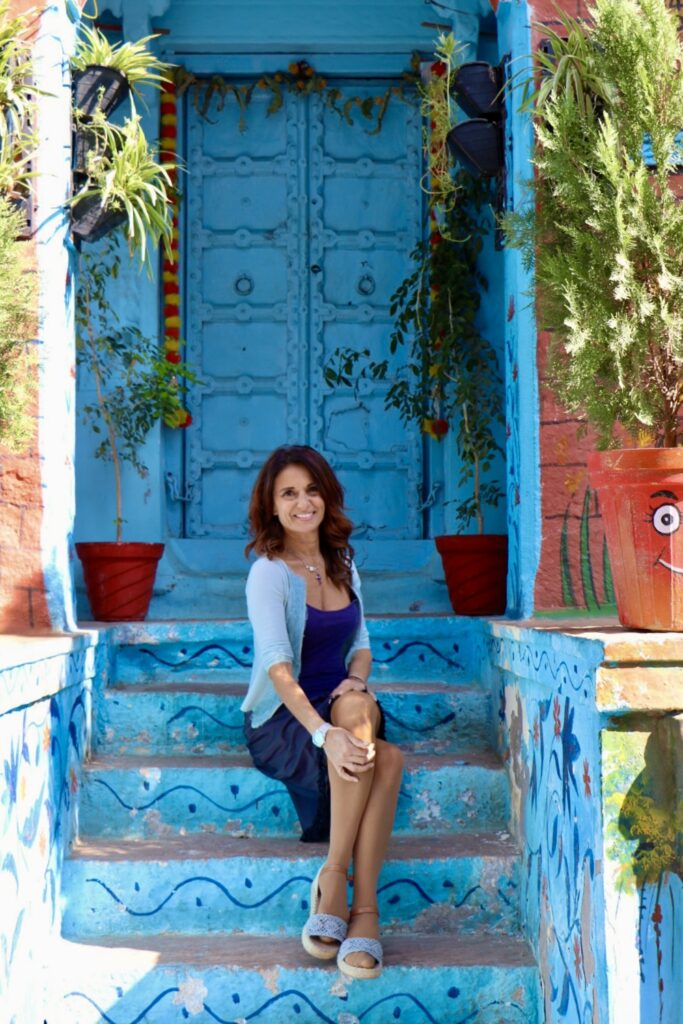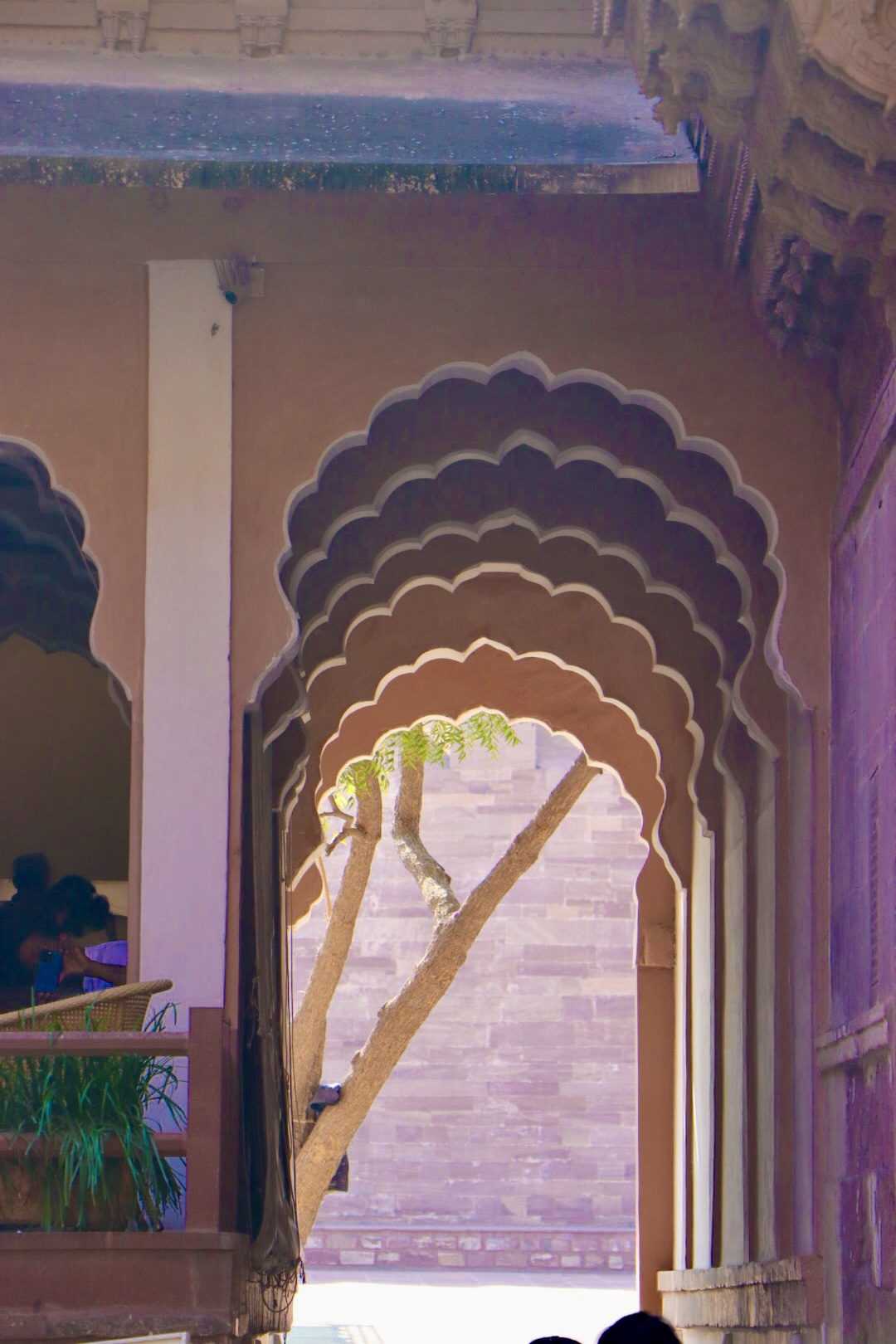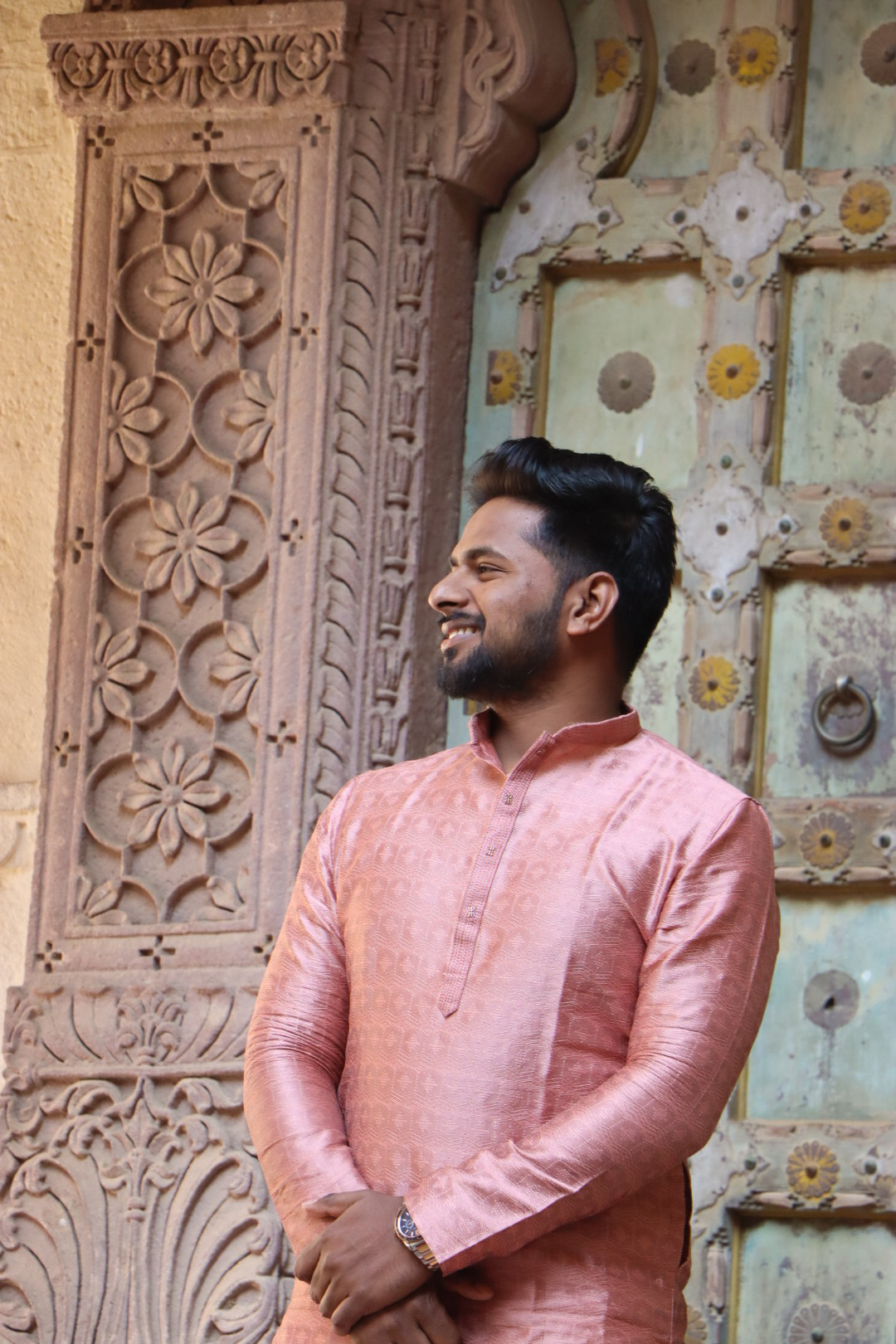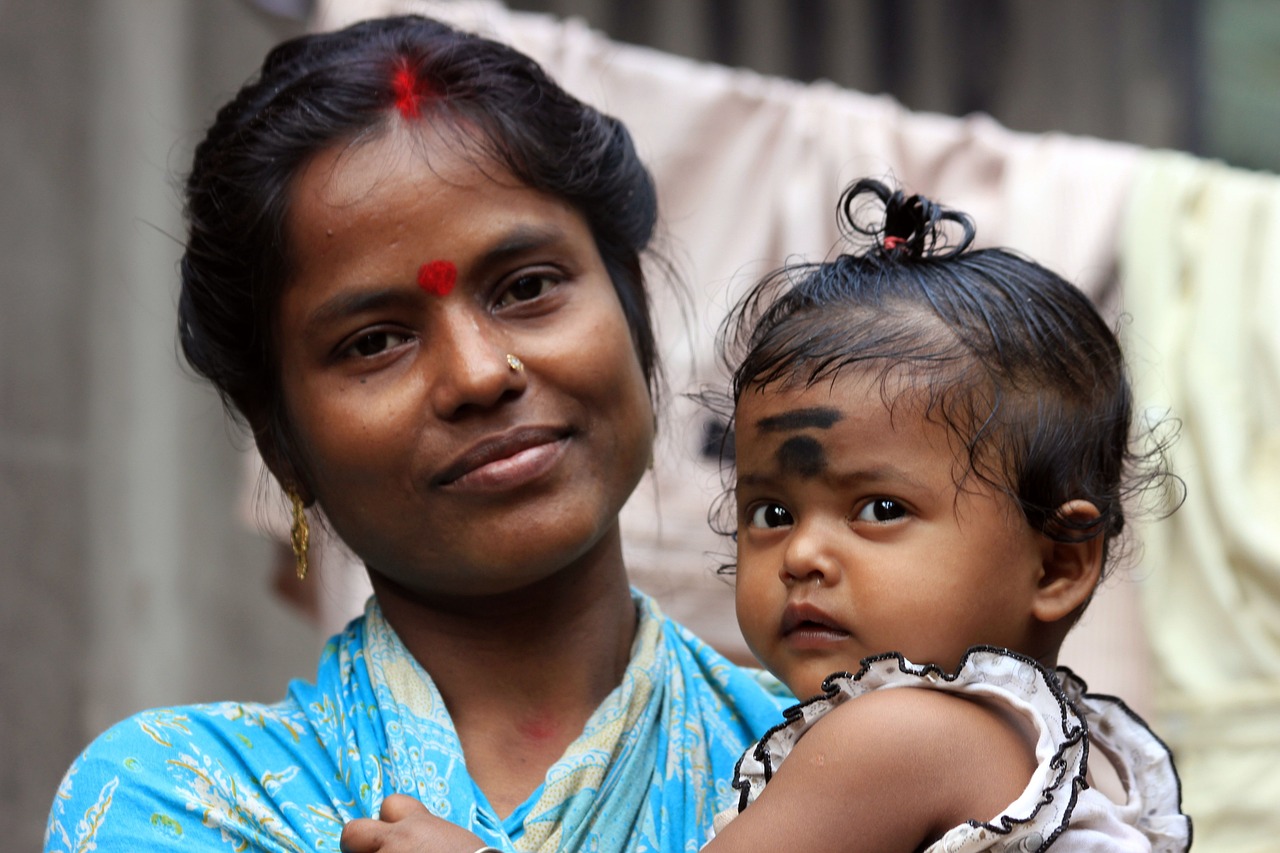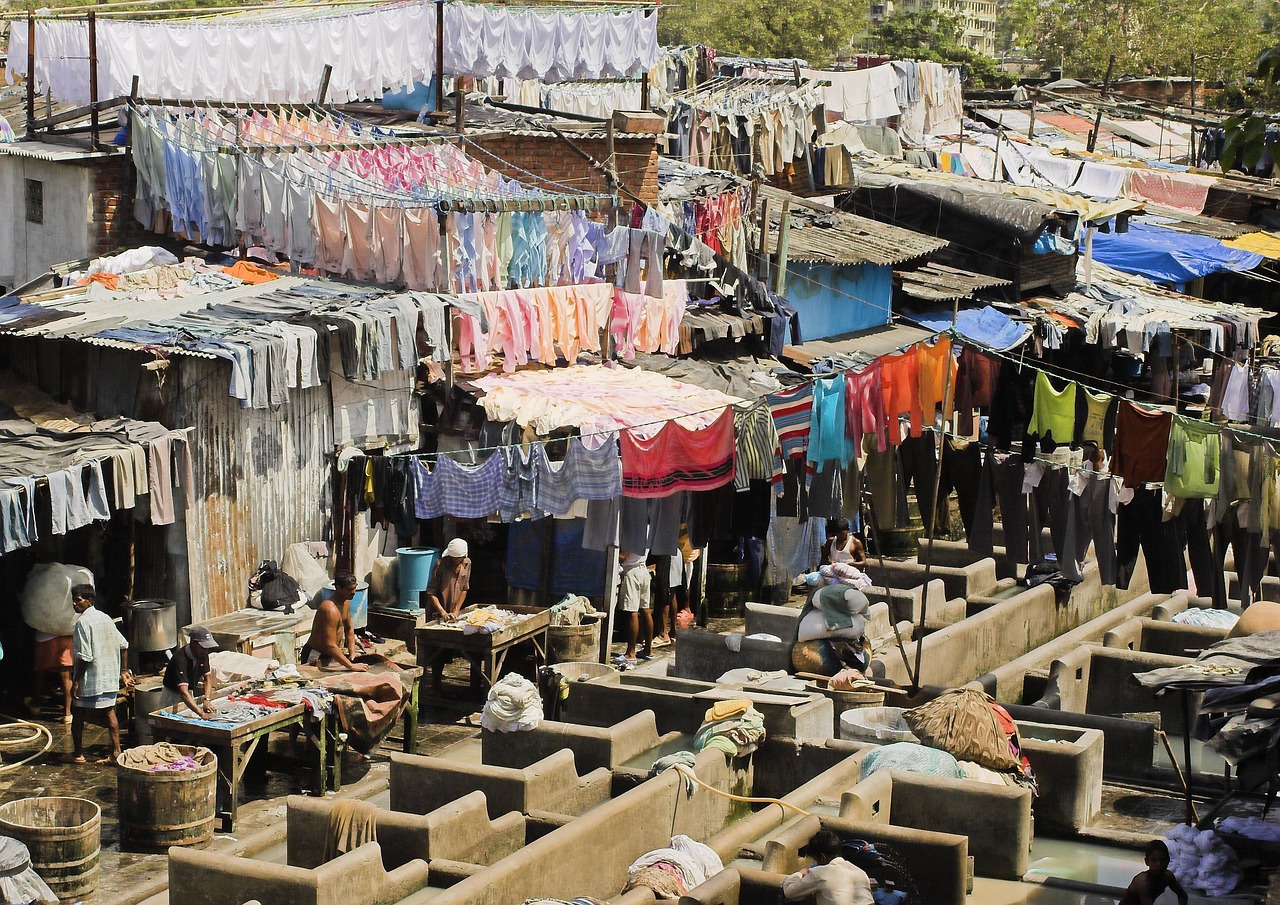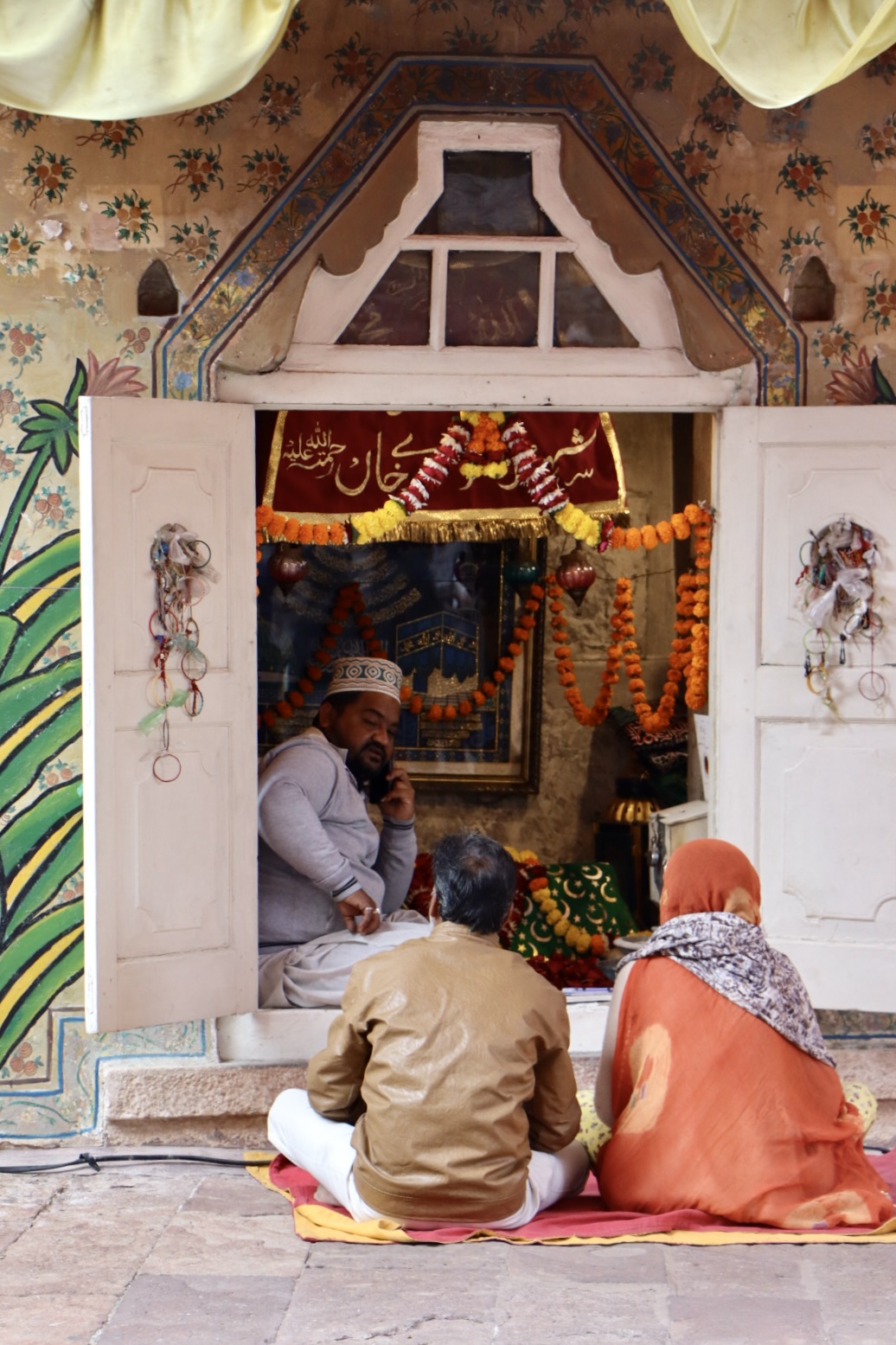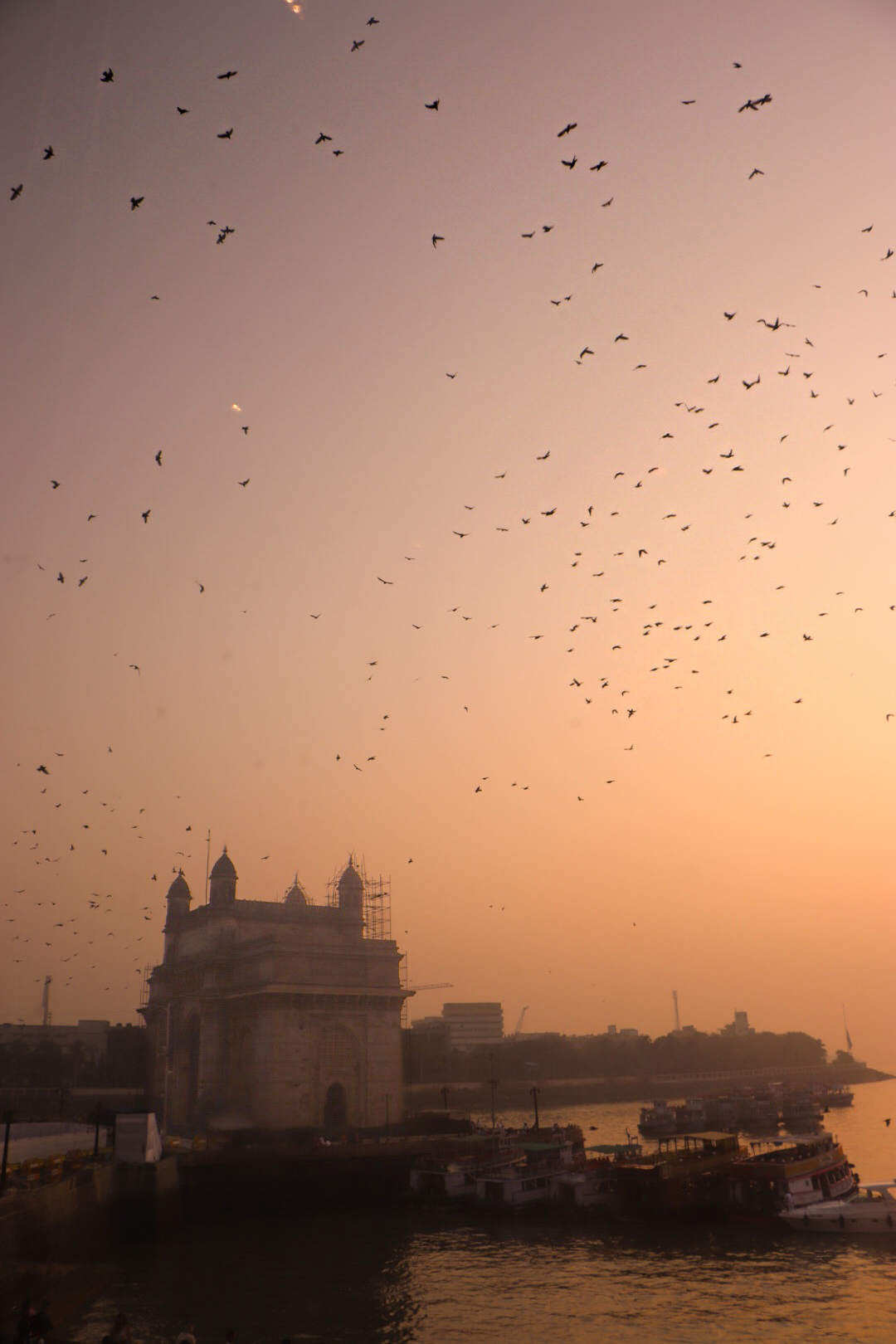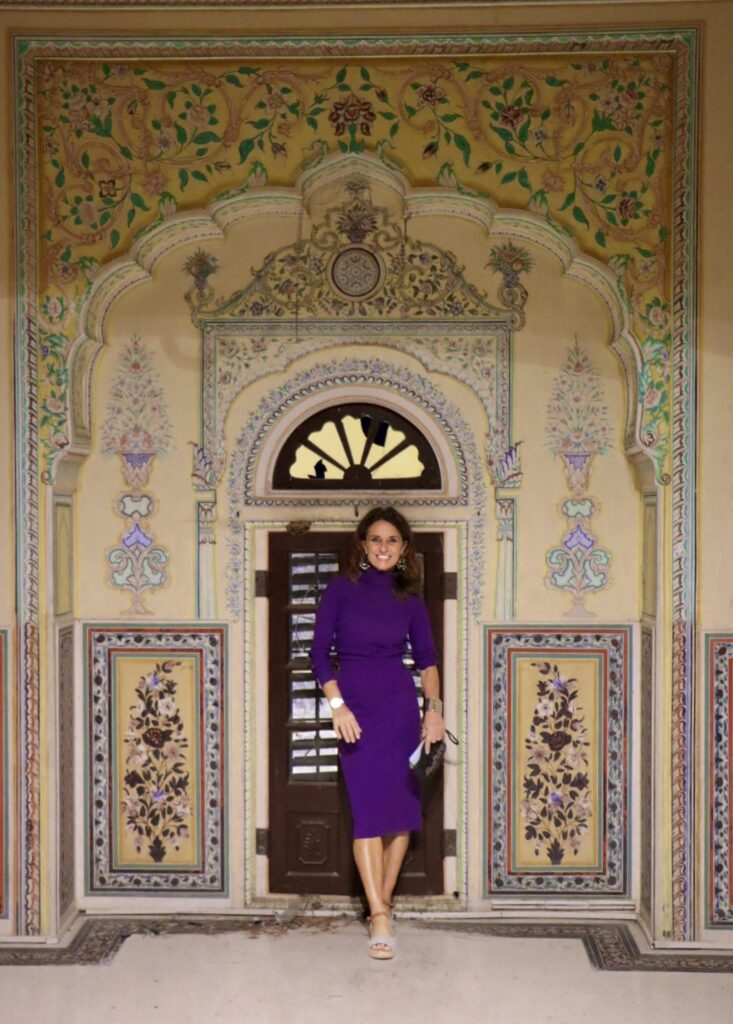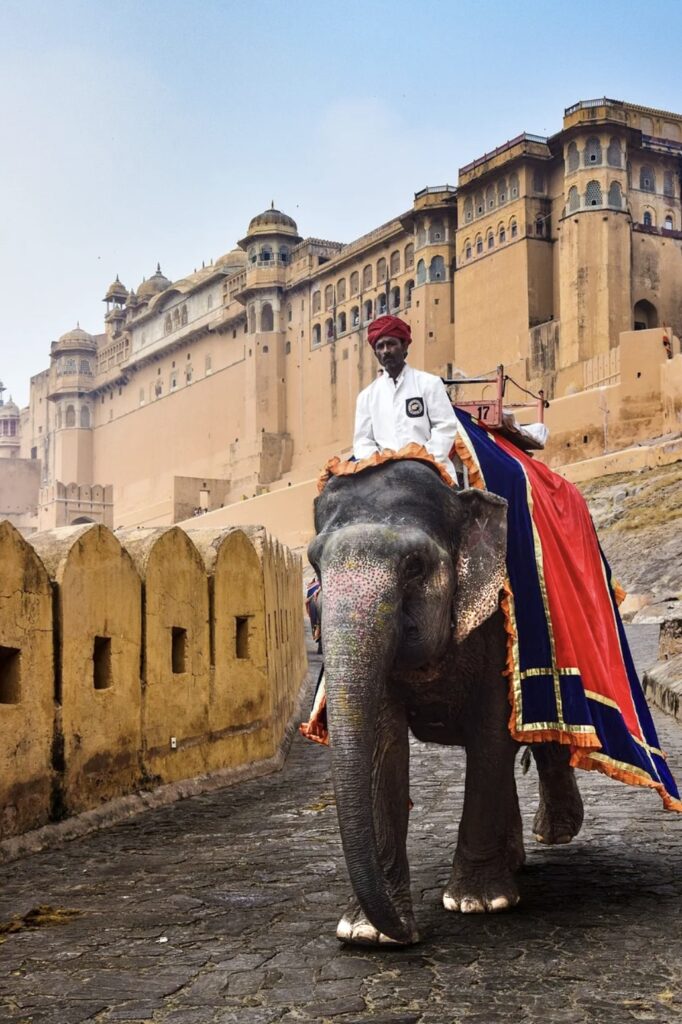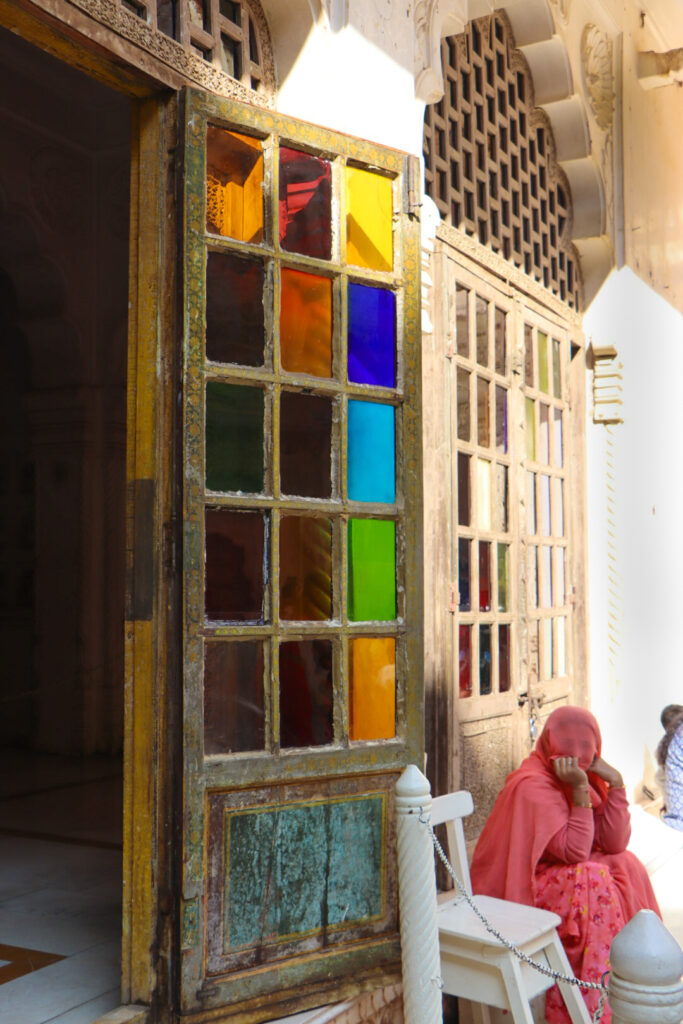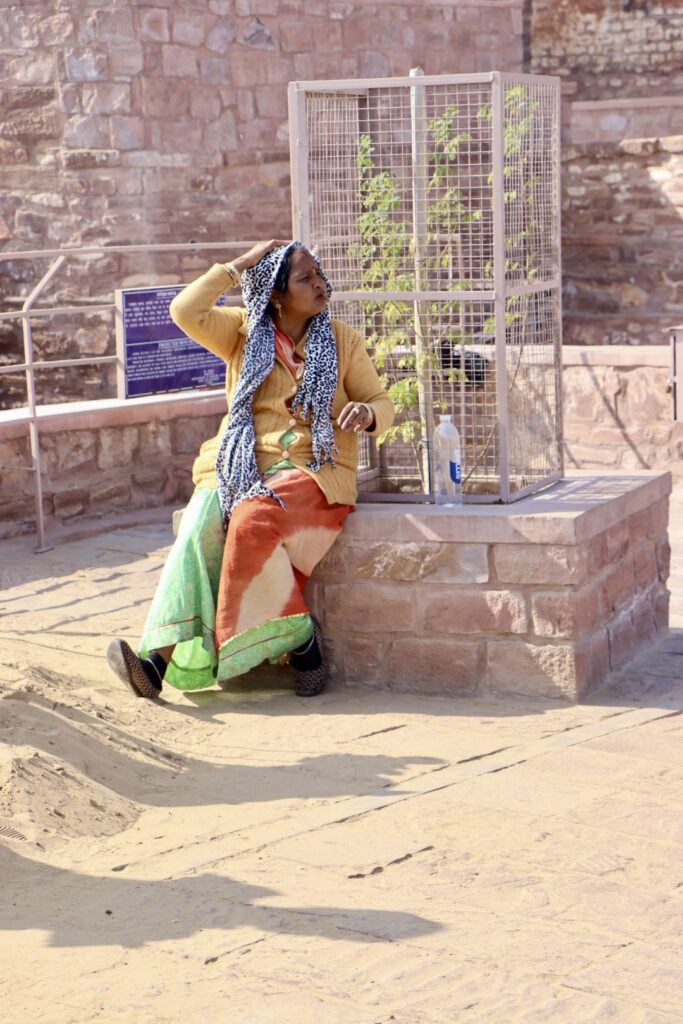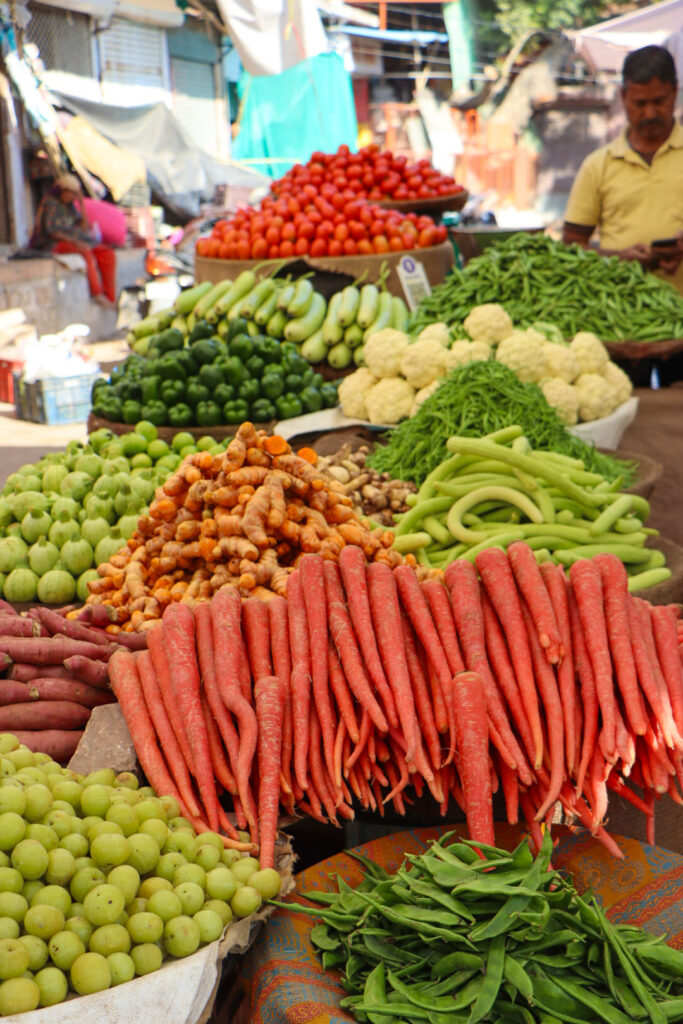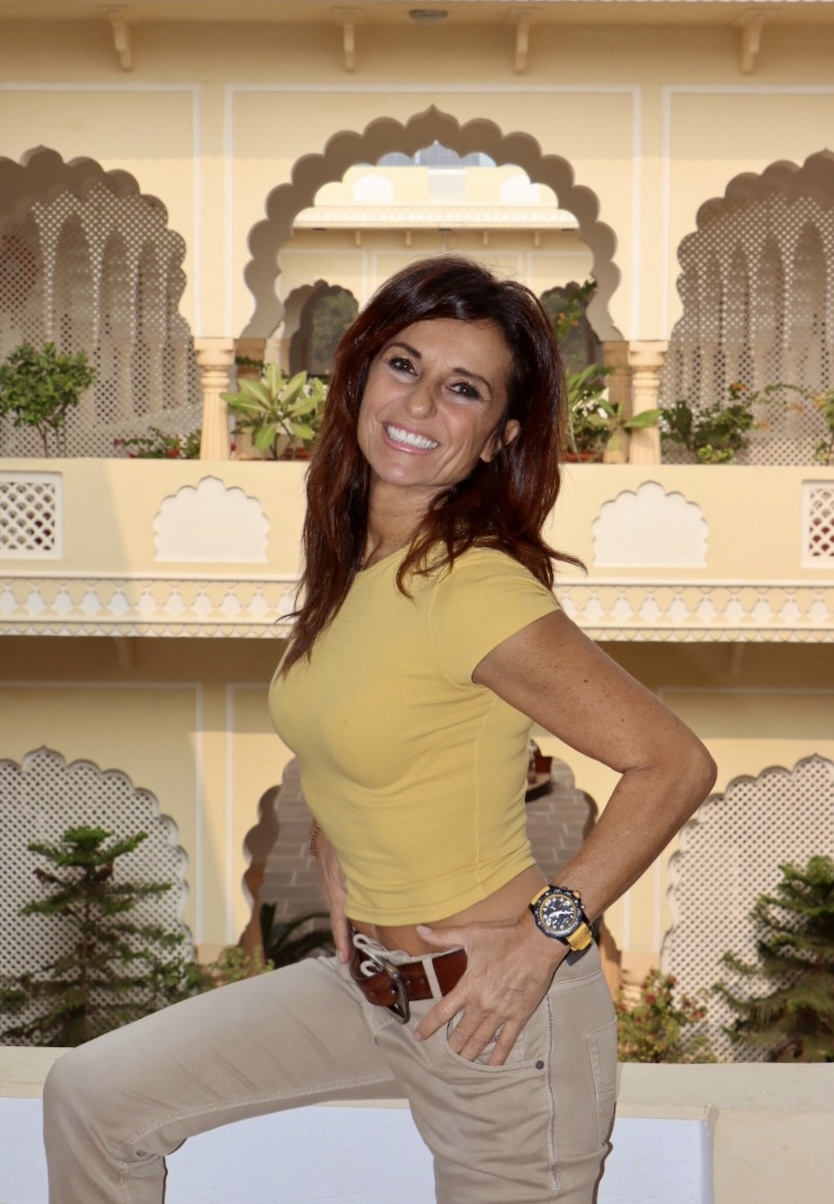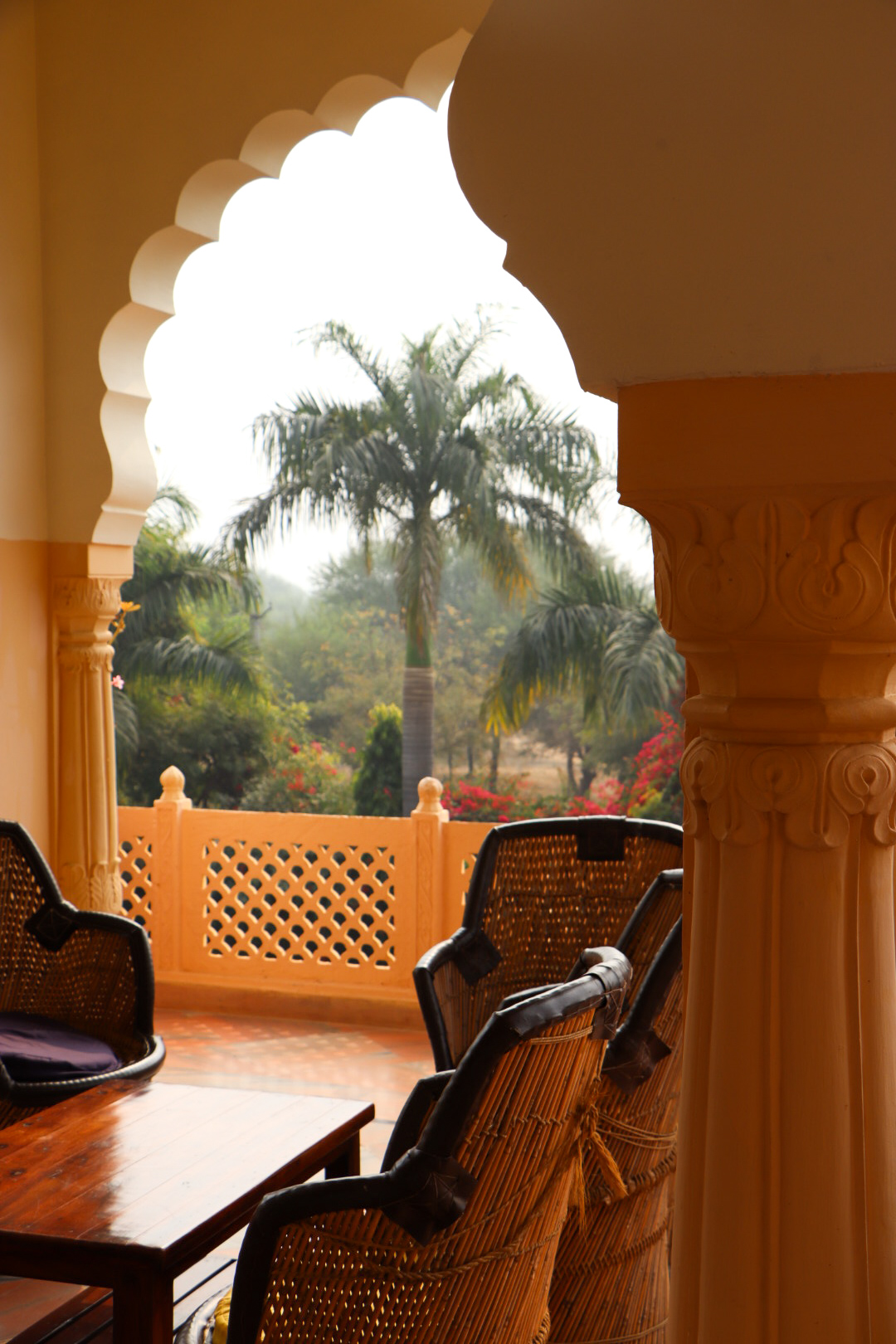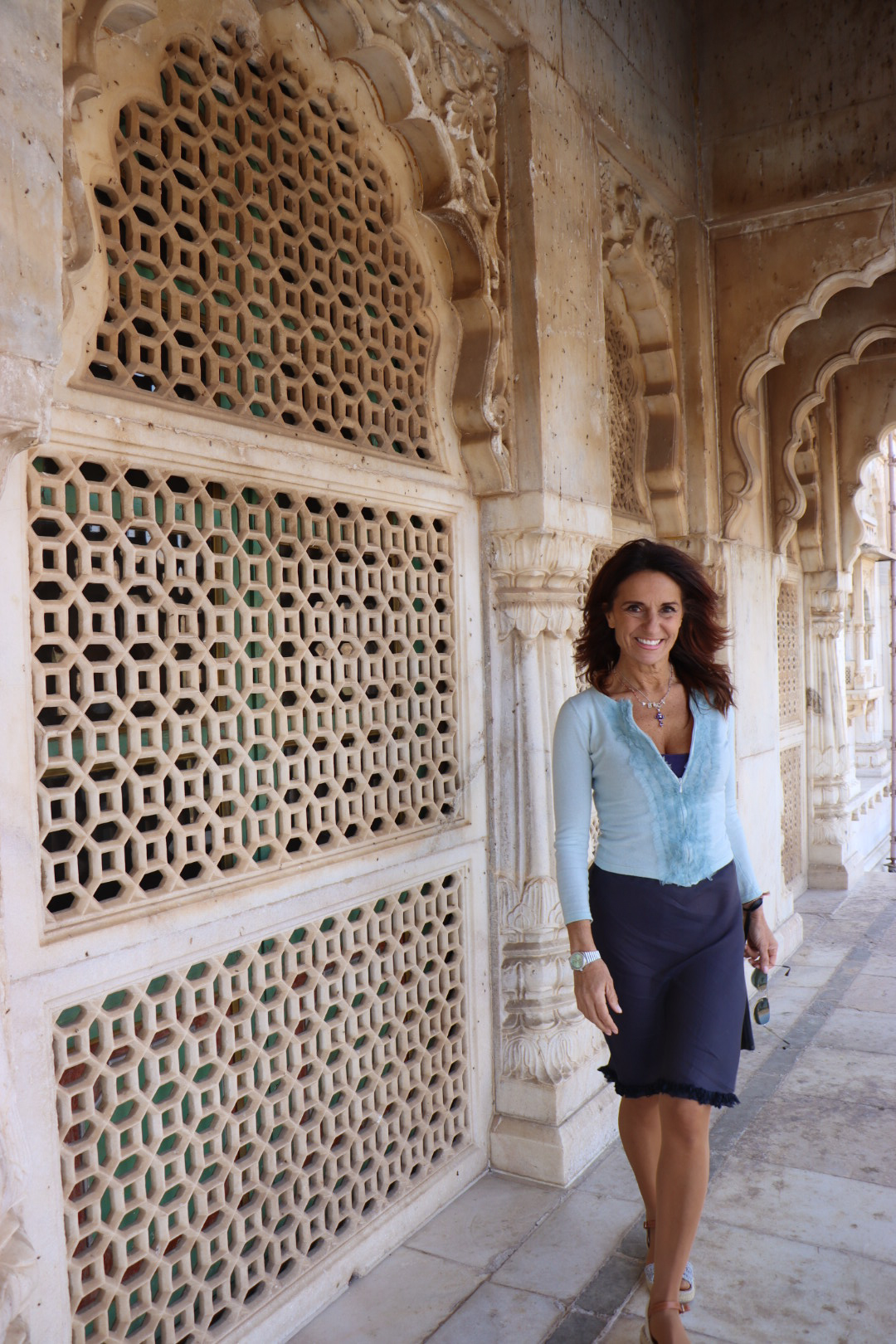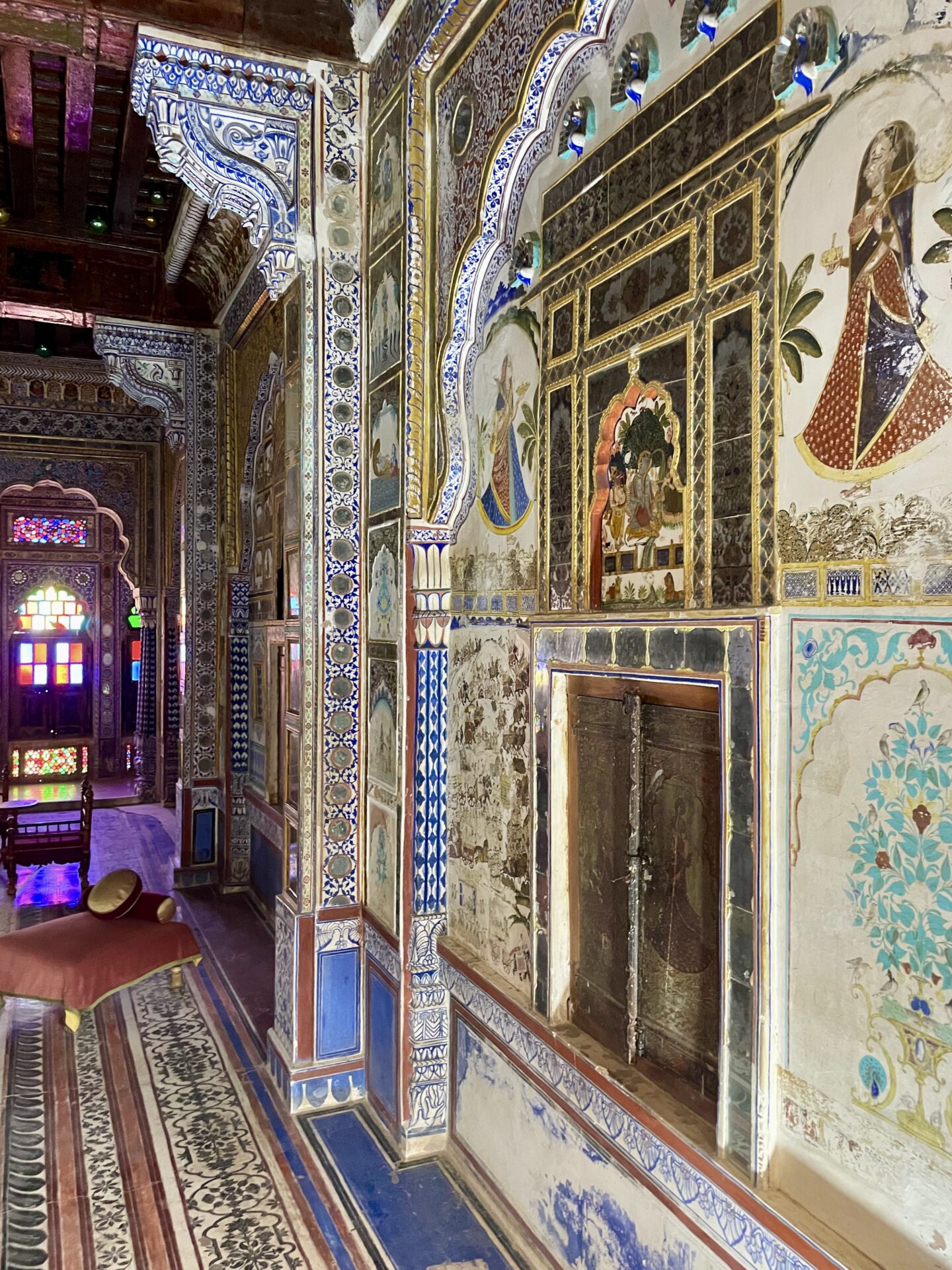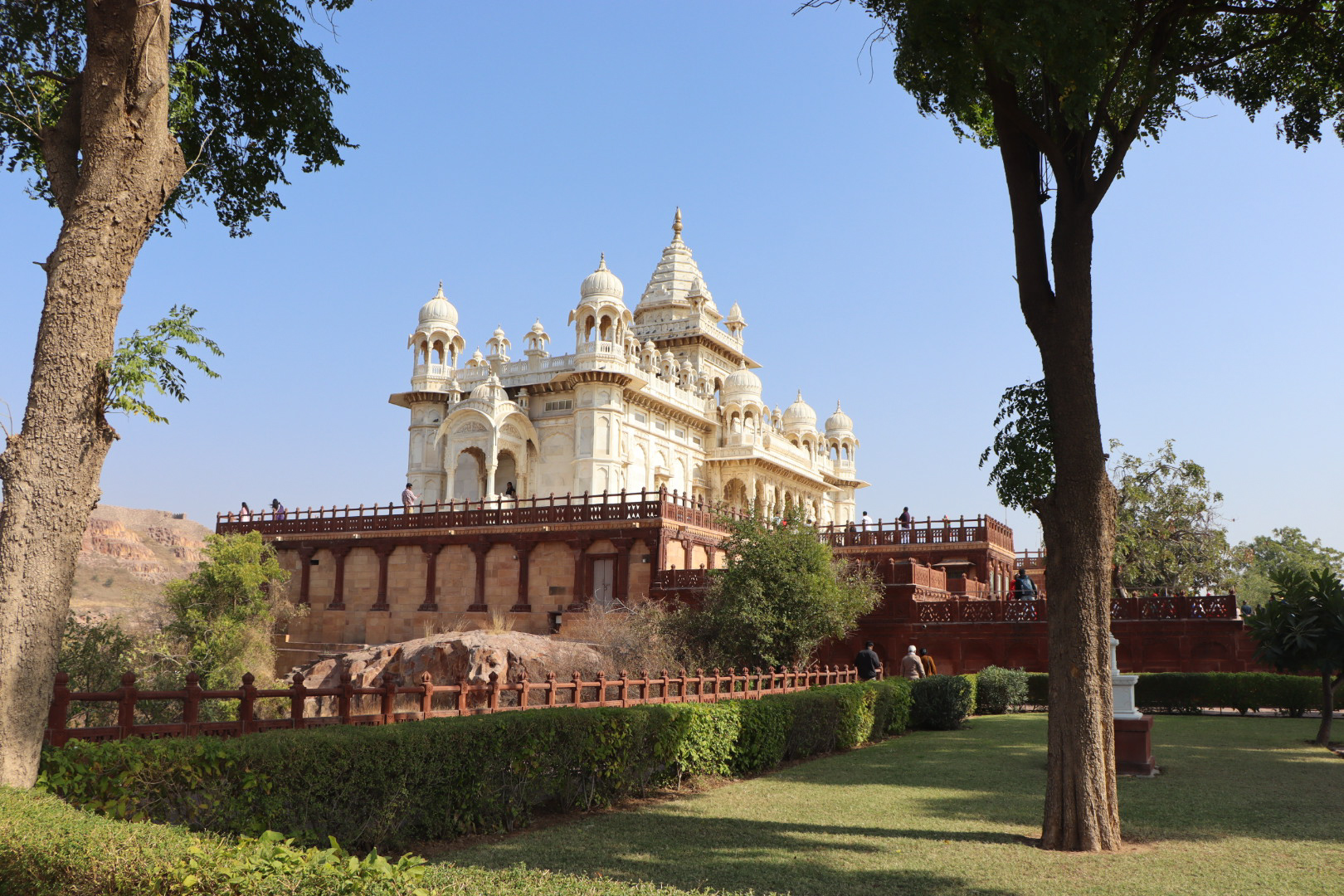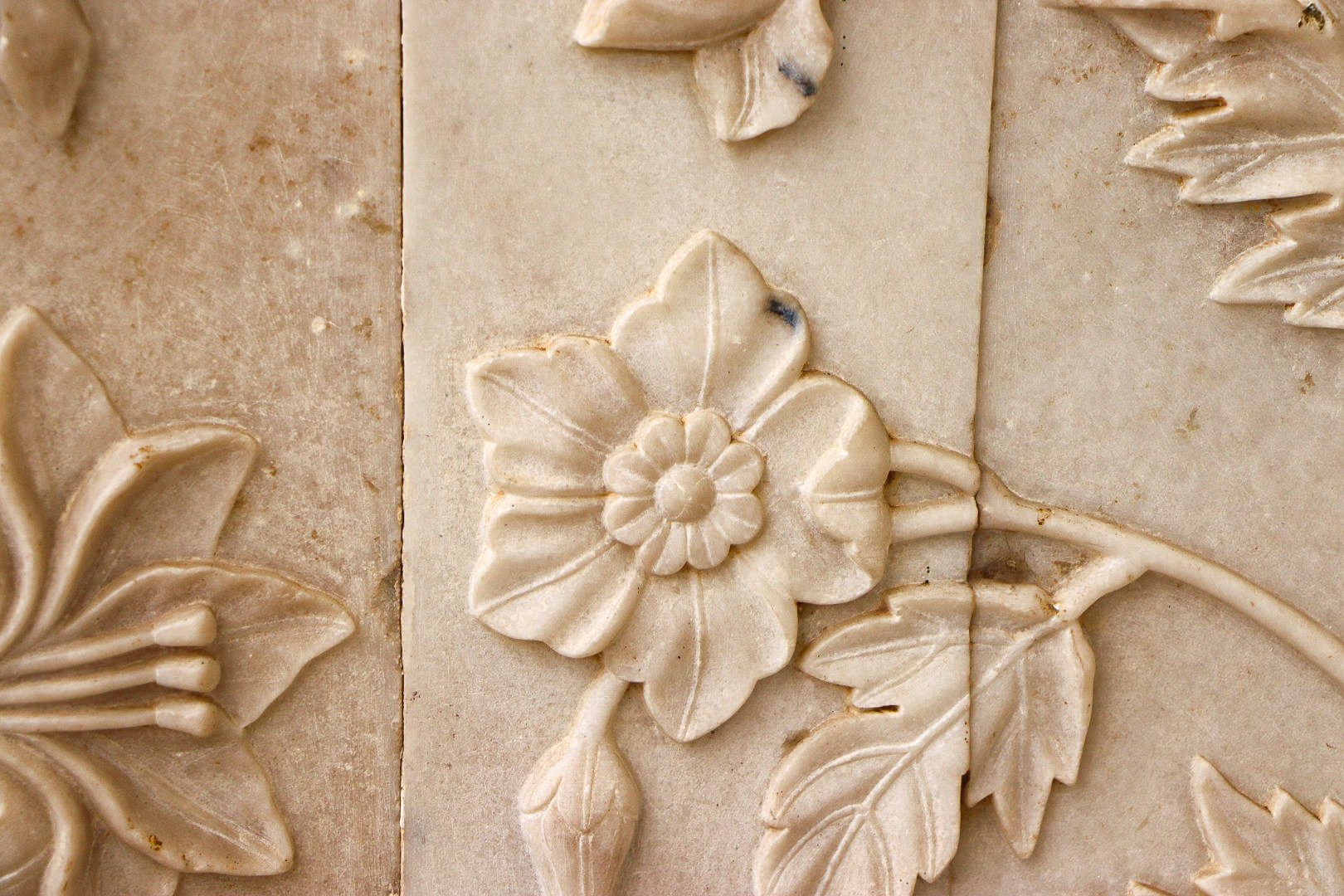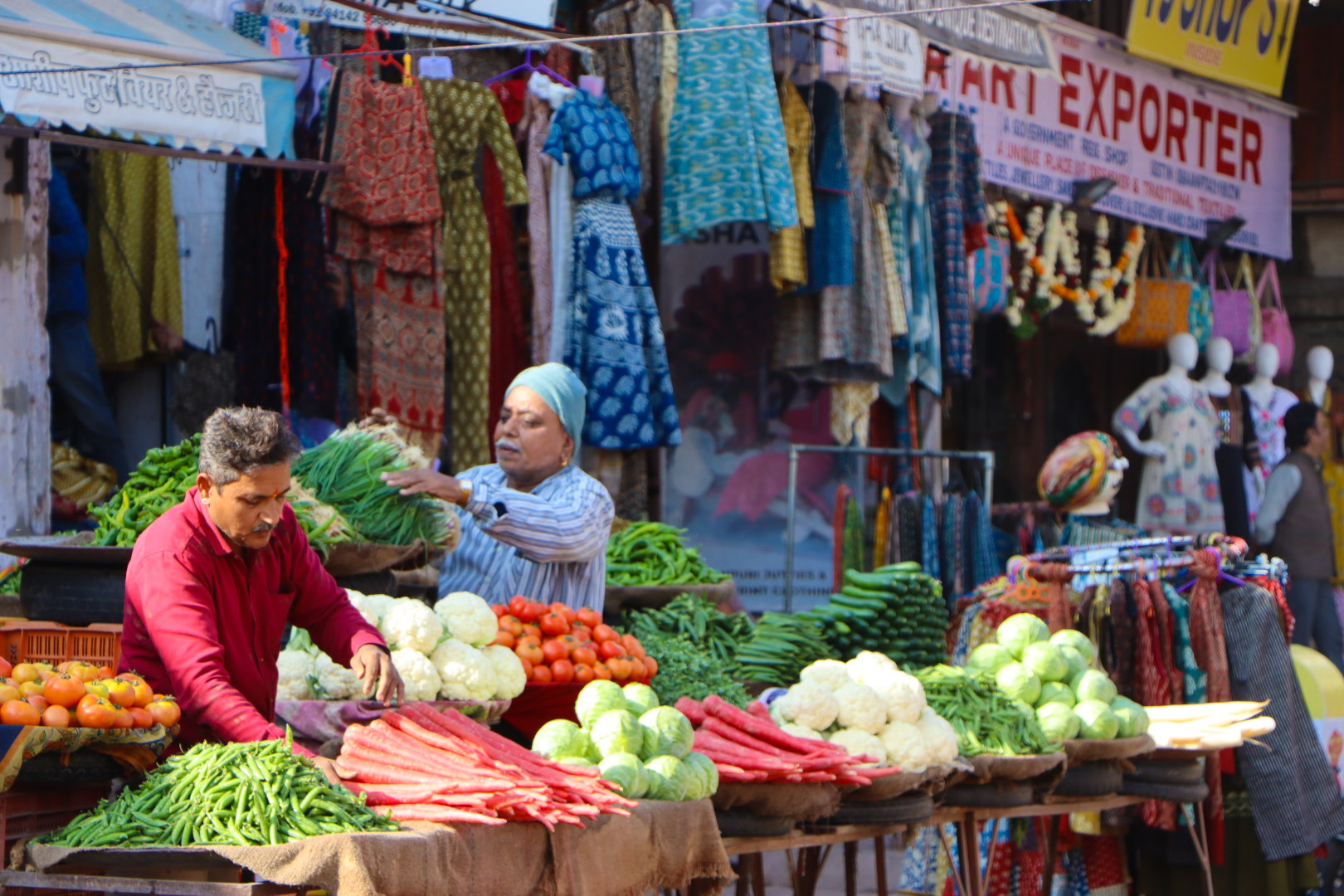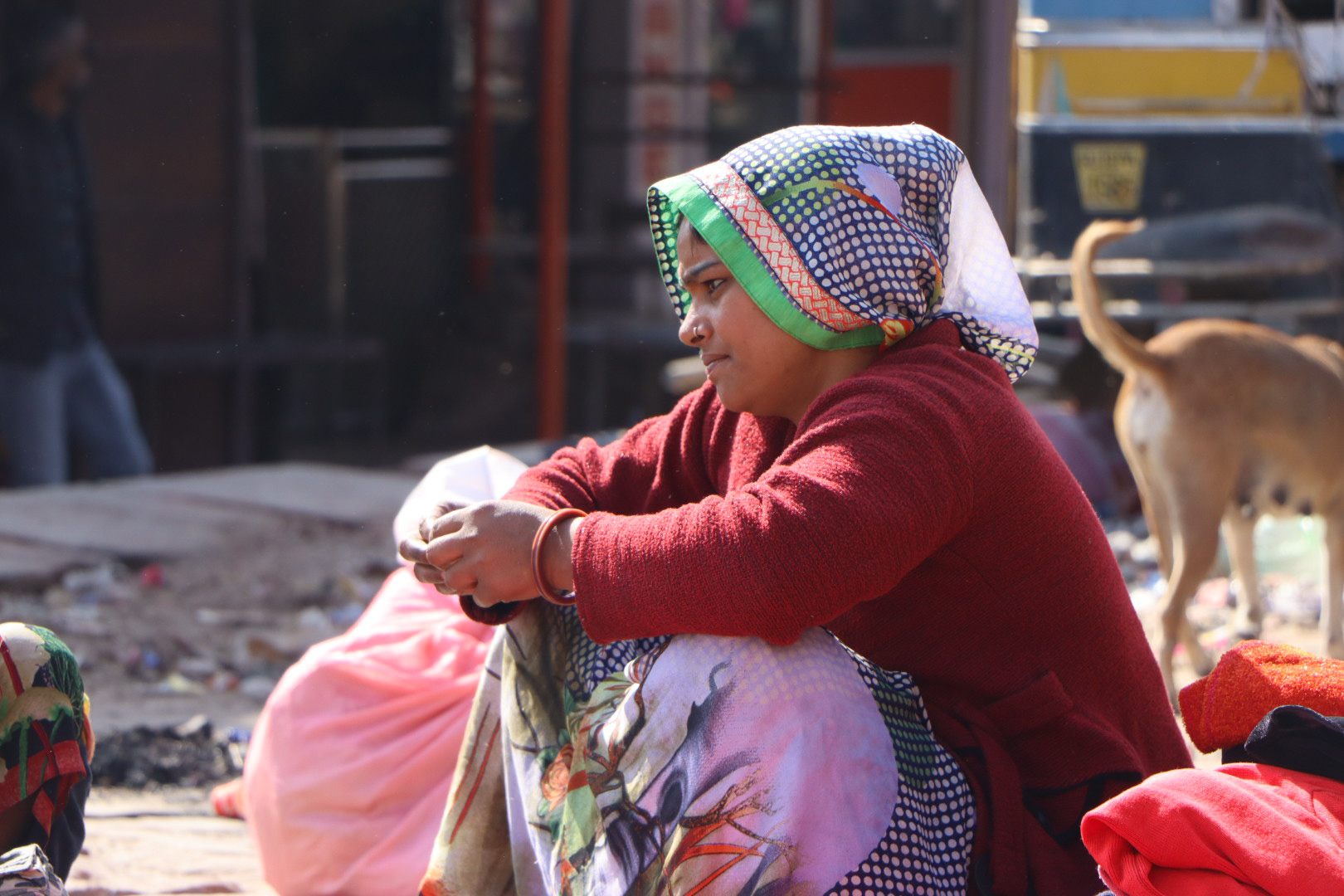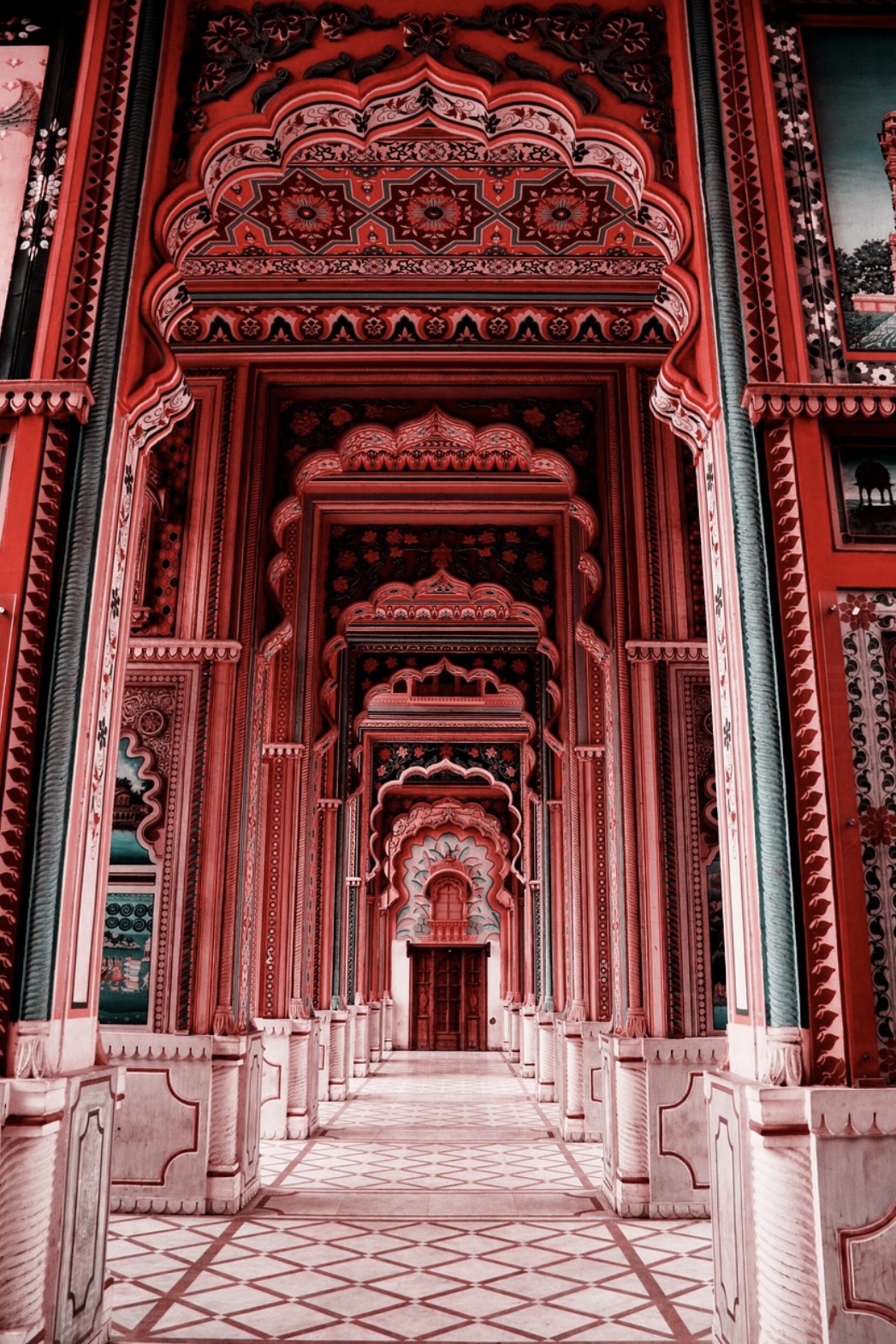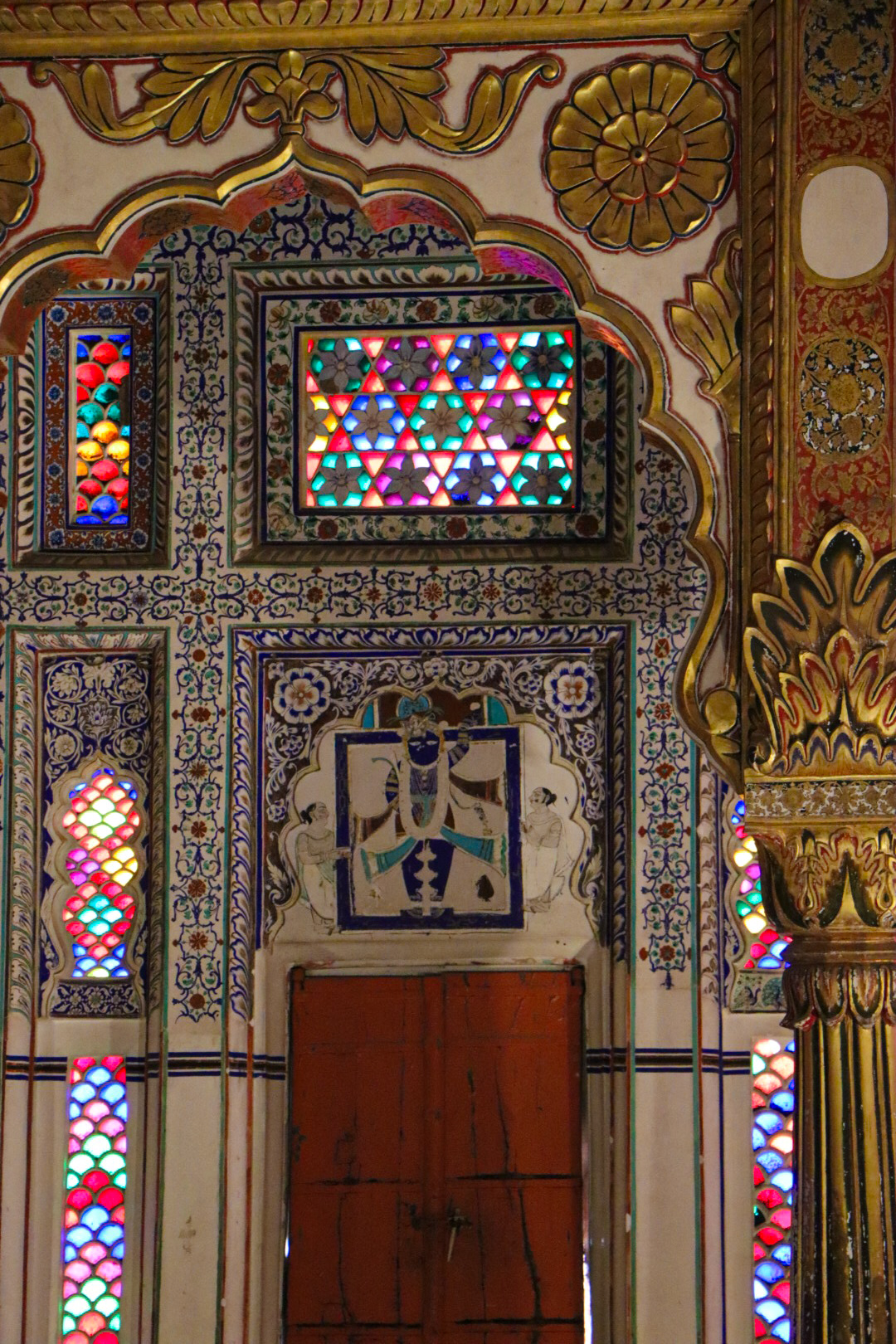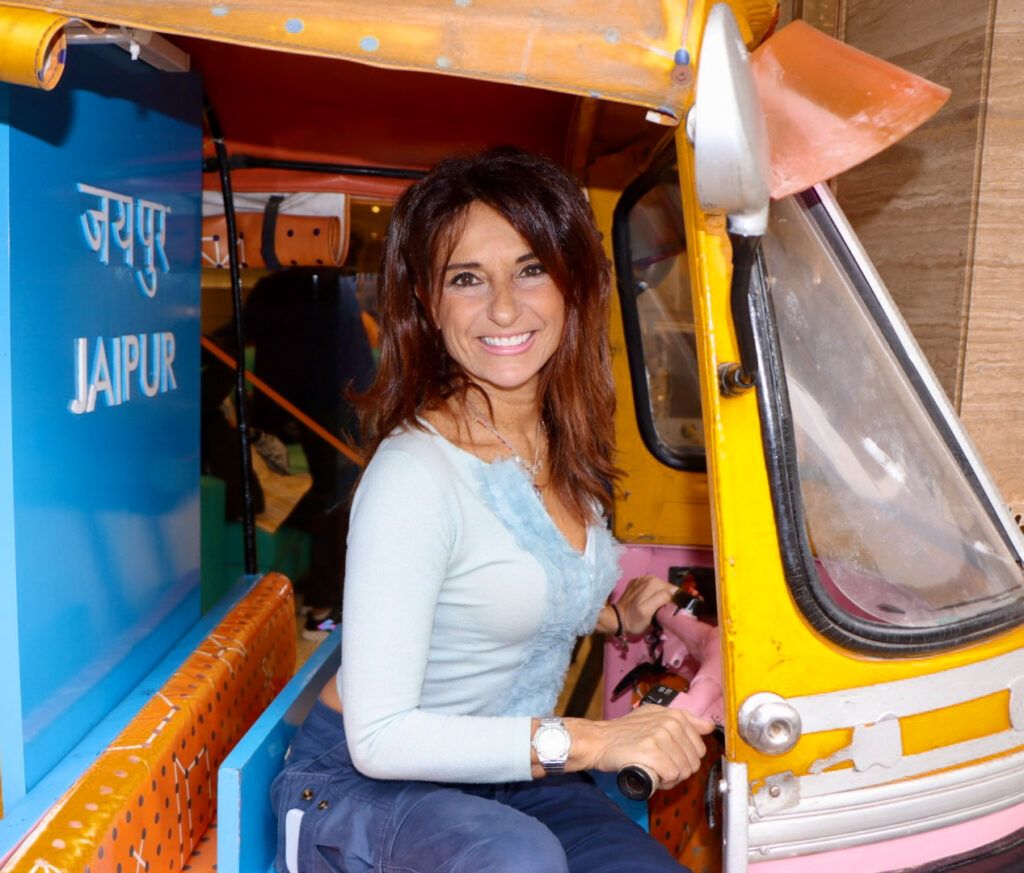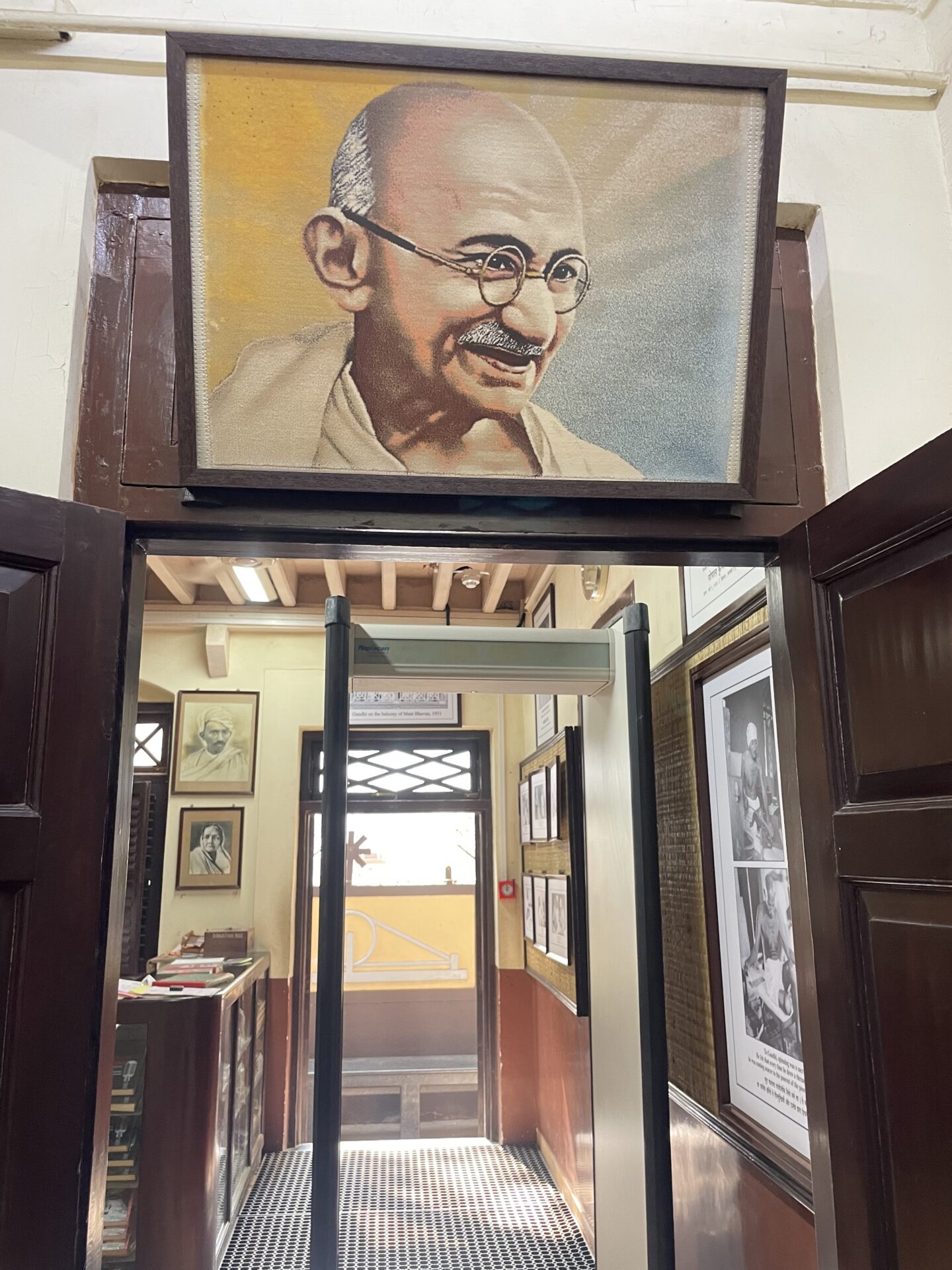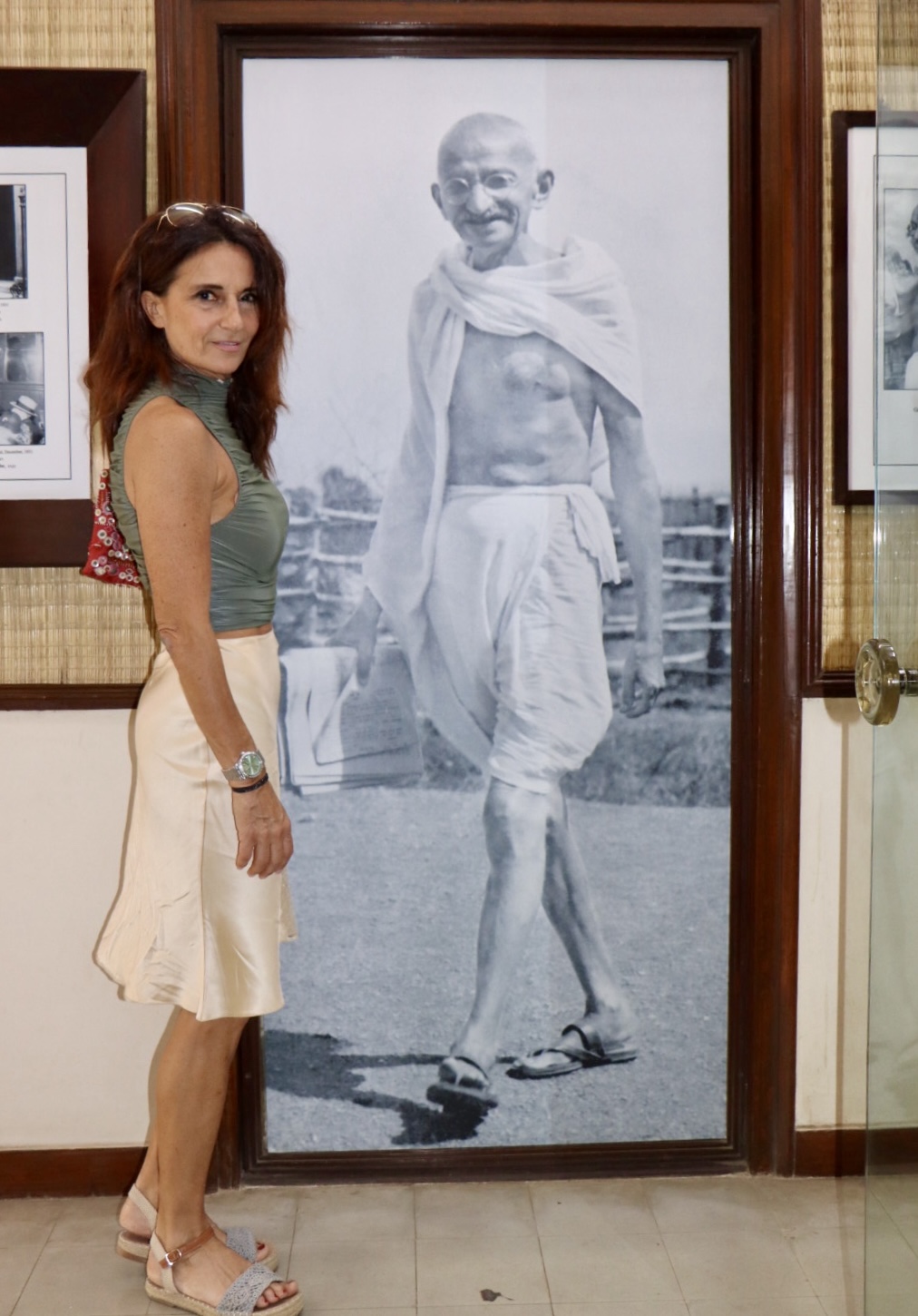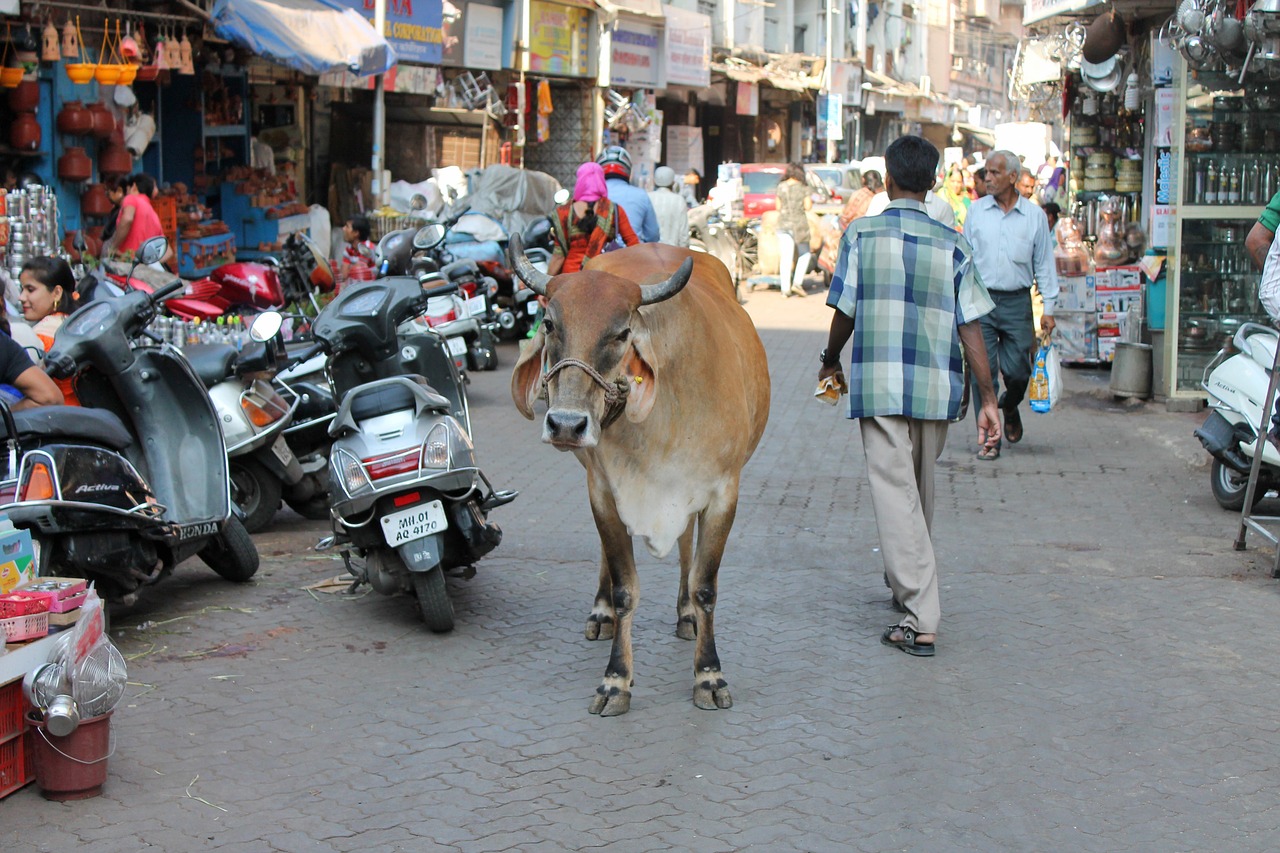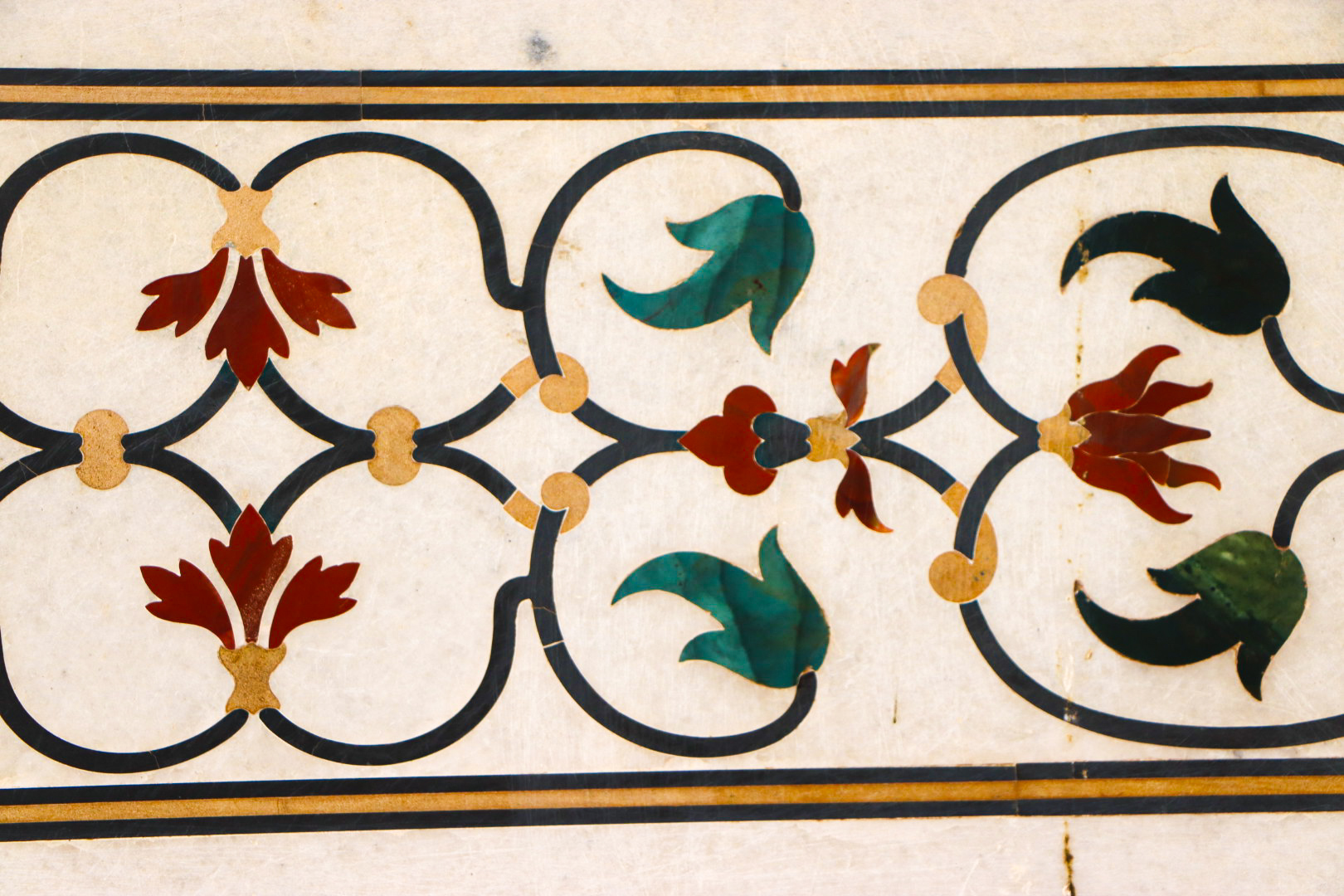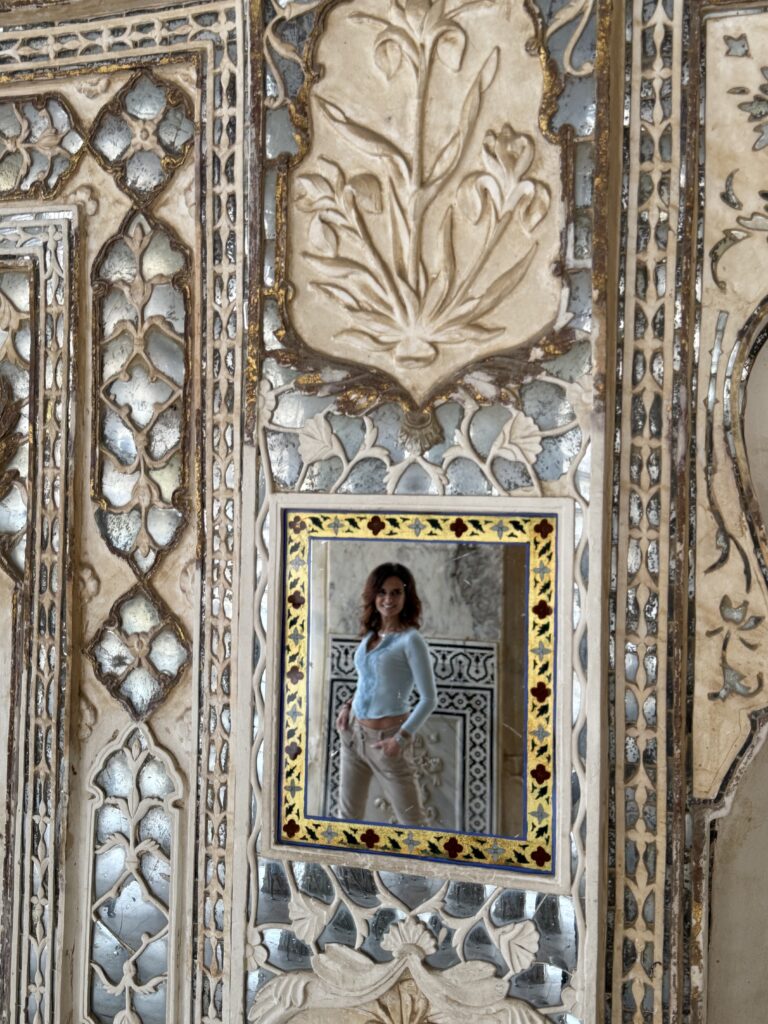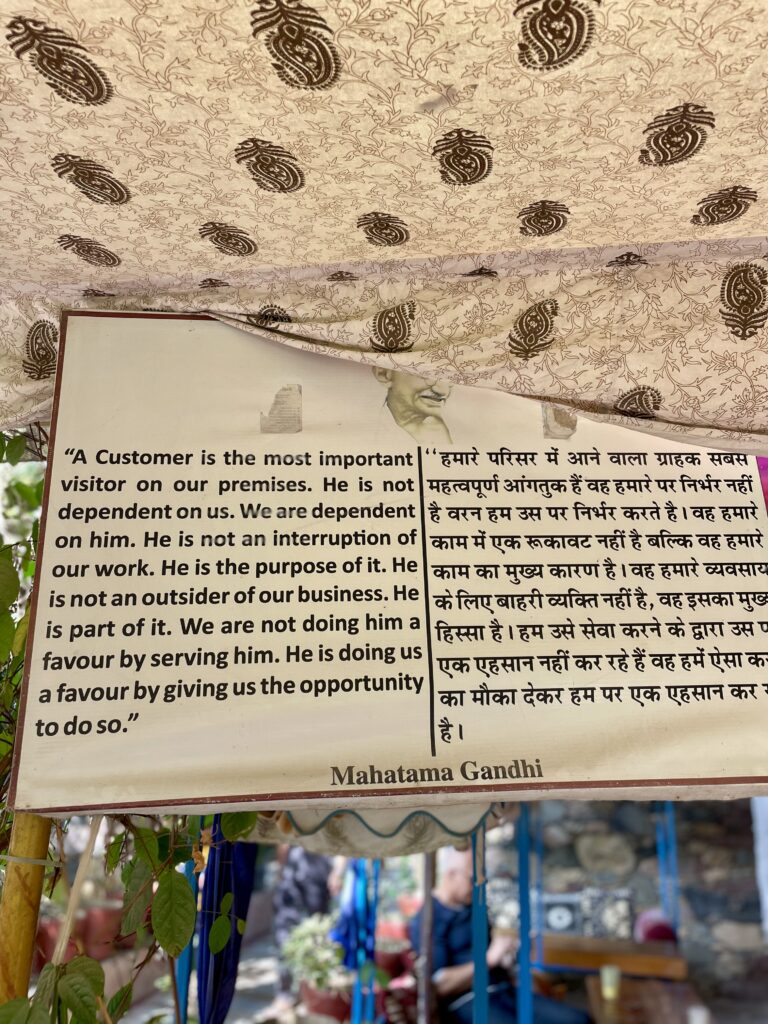India – Fun facts and traveling tips
Twelve wives and three hundred and fifty concubines. This is where the Maharaja’s wives used to live. He was a busy man!
Our guide explains, smiling.
I look at the beautiful fake windows : there is nothing to open, they are just an intricate frame of wood, and, occasionally, some colored glass masking the wall. The wives were not allowed to have any contact with the outside or be seen anyway, so even their sky was fake.
I stare at the hundreds of thousands silver mosaic tiles and precious gems adorning the ceiling, allowing the reflection of candlelight to shine like real stars.
The wives were encouraged to lie on the floor, watch the ceiling and let their thoughts roam free, imagining that was a real sky. They would also paint, play music, listen to stories, and sometimes meet and discuss, or gossip. They had paintings of the Kamasutra, but rest assured: sexual education was a royal matter, not open to every woman, rather reserved for the Marahaja only.
Their fabulous saris and jewellery hanged in the pastel colored closets, ornate with frescos depicting flowers and peacocks. When they wore their elegant costumes, which could weight up to 30 kg, they could hardly walk.
That was their royal life.
I am gobsmacked at the view of so much magnificence, and to be honest I love every single detail of this grand and maximalistic style. Why do I have everything beige, at home? How dull. Maybe I should start painting some golden elephants in the bedroom, after all. On the other hand, I would have preferred to be starving in the street, rather than living here as a royal wife.
Let me out!
I think.
Goat on a tuk tuk
So I do. Going out means hitting the chaotic streets of India. In the middle of the loud honking, with everybody going in every direction and no red light in sight, a peaceful goat stands in a colourful tuk tuk, like this is the most relaxed place in the world. She lies on the embroidered, half broken cushions, like a princess.
You gotta love these contrasts, if you visit India. Women used to be treated like slaves, but they also had their Kamasutra lessons. Today, they still have, mostly, arranged marriages, but their divorce rate is between 1% and 3%. Their whole life mostly revolves around relatives and family, and there is an almost total lack of privacy, but on the other hand this support system also allows them to have a decent, middle class kind of life, where everybody helps everyone else.
Is this so much worse than western lifestyle?
“In my next life, I want to be born in Switzerland!” says my driver ‘s sister with a big smile, when she hears that my daughter has a boyfriend, and he’s allowed to come to our house and sleep in her room.
And yet, there is something in their rigid lifestyle that makes them much less tormented that our western, depressed, rich society. I think they are crazy, but I also feel at home, here.
No tattooes
It’s my second trip in India (I also visited 27 years ago), and this time around I love it even more. I notice things I didn’t see before. For example, that people have no tattooes (“I wouldn’t be allowed to the mosque”, says one guide), that women have no beauty surgery or fillers, and that there isn’t a single dog on a leash. Animals seem to have ADHD, in Europe, since they are constantly in captivity. Here they lie in the sun or stare at the traffic, without a care in the world.
Our itinerary : The Golden Triangle (Delhi, Agra, Jaipur), and three more cities:
New Delhi
Agra
Jaipur
Jodphur
Ranthambore (Tiger Safar)
Mumbai
Agra, Jaipur and Jodphur are in Rajasthan.
Agra is famous for the Taj Mahal, one of the the Seven Wonders of the World.
Jaipur is known as the Pink City and boasts stunning palaces and forts. My favourite: the Nahargarh Fort, where the twelve wives lived.
Jodphur is my favorite of them all. Nicknamed “The Blue City”for its buildings and murals, this place has also become famous for the popular Steve McCurry^s photos. The Mehrangarh Fort is unbelievably lavish – a dream.
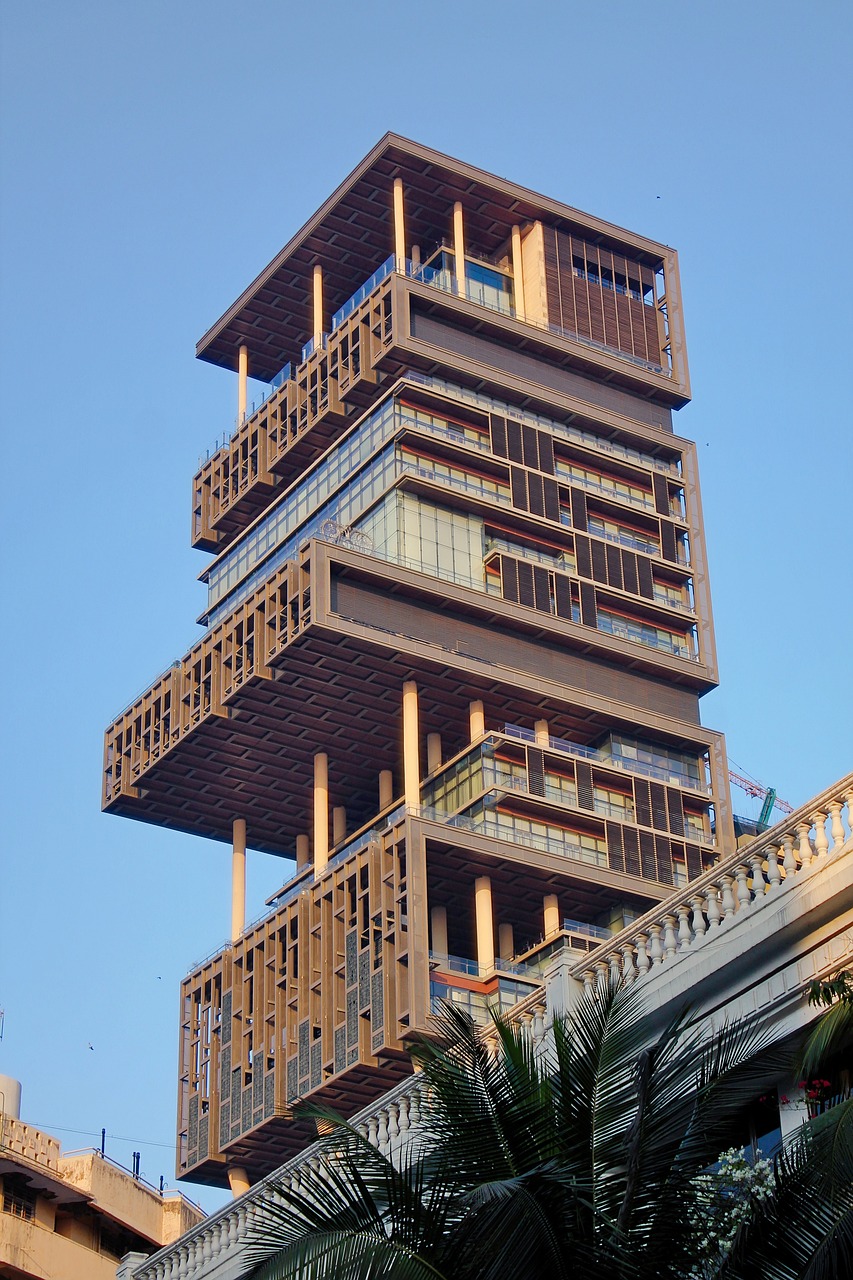
Antilia building: a 27-storey private house with 600 people staff for a family of five. It includes a fake snow room
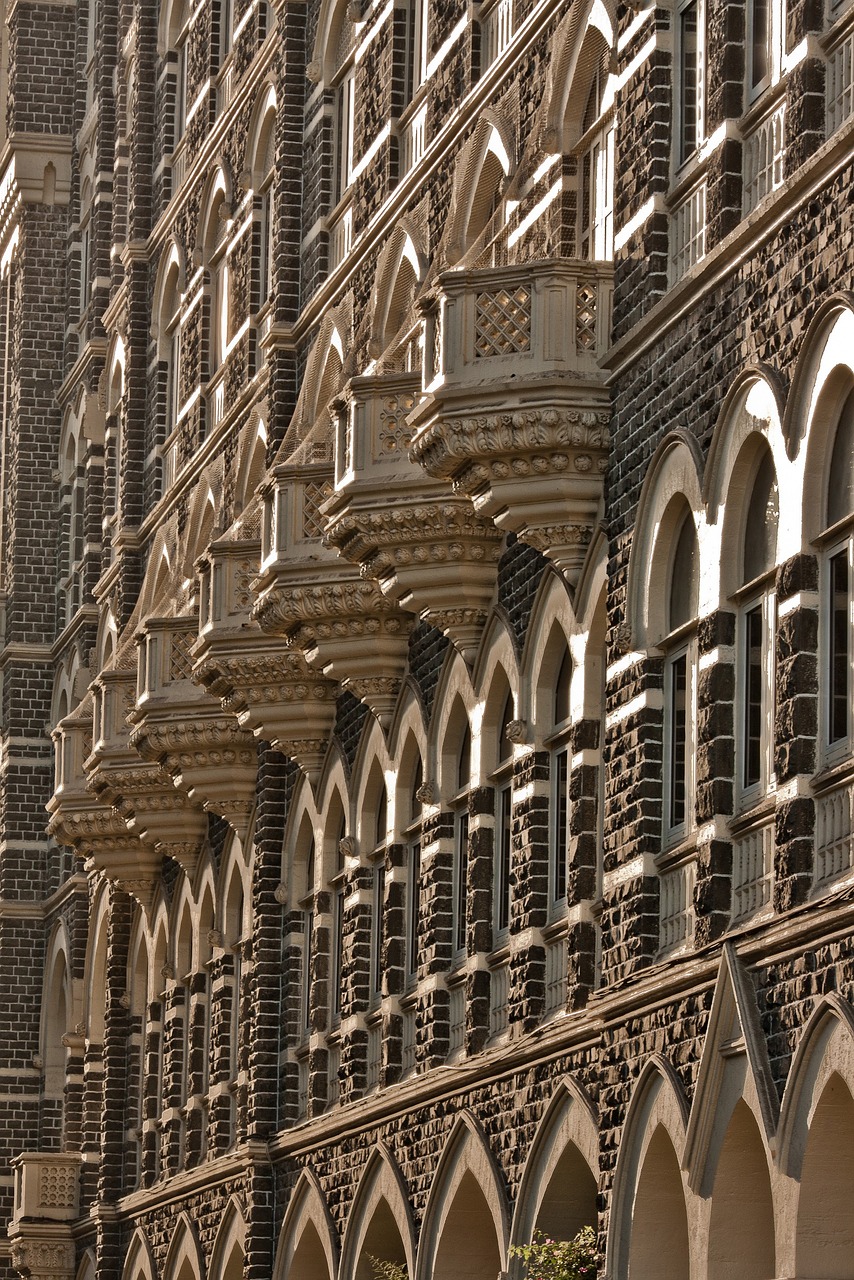
The Taj Mahal hotel was built by J.Tata (founder of Tata Group), when he was refused entrance into the Watson Hotel because he was a native. He swore revenge and built this magnificent Palace, still the best hotel in Mumbai
Fun facts/images that stuck in my mind
-An opium seller at a museum – a kind of friendly grandfather with a turban. He is trading opium, or so I understand (maybe he is only using it?)
-Transgenders begging by knocking at your car windows, elegantly dressed and wearing full make up. I feel sorry for them, but admire how beautifully styled they are, almost defying poverty.
-the local market in Jodphur, nicknamed “from birth to death”, where you can find everything from diapers to funeral attire. It is an experience just to talk there, if you can manage the chaos. Also, watch women in colorful saris stop and gossip in designated areas.
-The huge fuss our hotel staff makes, when I casually say it is our wedding anniversary.
They go really quiet and ask us to sit down for ten minutes. Then they present us with a table with a cake, lit candles, two crowns, a “happy anniversary” sash for me to wear, and a foldable sword I have to shake vigorously, to get it out. After trying three or four times, I finally manage to do it, and have to cut the cake with it, which is hilarious. But the best is the fact that all the staff slowly stops working to join us and watch the scene, wish us happy anniversary, and have a photo taken with us. Every single staff member! I feel like a Bollywood star.
We are then sent to a restaurant where a golden Rolls Royce, some military people and a lot of open fires and flags welcome us. Talk about understatement! Marriage is the base of the whole Indian society, and is taken very very seriously. When I got married, there were 12 people at our reception. Our driver’s sister just had 800.
-Mumbai contrasts are next level. For example, it boasts the biggest open air laundry in the world (Dhabi Ghat, where clothes are still washed by being smashed on stones) near the absolutely fanciest and craziest private home you can see.
The skyscraper, a private home for billionaire Ambani, worth about 2 billion $, is 27 storey tall and includes a fake snow room. It boasts 600 people staff, for 5/7 people living there.
-Divorce rate in India is between 1 and 3%. 86% of marriages are arranged.
-Our driver asked us how many people were at our marriage. I answered : twelve. He replied that, at his recent sister’s wedding, there were more than 900 guests. Marriages have a huge importance, in India. As soon as a kid is born, the parents start saving for his/her marriage.
-Pink buses in Jodphur (nicknamed “the pink city”) are only for women, and they are free.
-The longest highway in India, National Highway 44, covers a distance of 4,113 km. Cows, stray dogs, people, bicycles, cars or trucks in the wrong lane, motorbikes with three people, and all kinds of animals cross it regularly. Cars are used to it and slow down to let the animals or the obstacles go.
-Rathambore National Park, in Rajasthan, organises tiger safaris. The colonial style and the wild nature are completely different from the cities, and quite picturesque.
-In the Gandhi museum, one can see where Gandhi used to sit and write. A letter to Hitler, asking him to stop wars, will bring tears to your eyes.
Conclusion
India is not for the faint of heart, because poverty is still everywhere to be seen, the caste system still in place (even though the Indian constitution declared it a thing of the past, and the government is encouraging inclusion), women still have less power than men, and contrasts are extreme.
However, its boldness, richness, abundance of majestic palaces with the most incredible decorations, and its overall diversity is mind blowing.
What I personally loved was seeing a world from the part, and so many similarities with Italy in the 70s, for example (when I was a kid).
In my heart, India represents all the certainties we are losing.
And, deep down, I feel like I’m a bit one of them.




